Boogie | Interview | “Lost power trio from 60’s San Francisco”
Boogie was probably the first hard-blues / proto-metal group that emerged from the San Francisco scene. This power-trio was formed by Barry “The Bee” Bastian (Canned Heat, Lee Michaels…) on guitar/vocals; John Barrett (The Rhythm Dukes) on bass and Fuzzy John Oxendine (Roky Erickson & The Aliens, Jerry Miller Band…) on drums.
Comrades of Moby Grape (who even let Boogie use their rehearsal space) and the Sons Of Champlin, they played at all the legendary venues (The Ark, Avalon, Fillmore…) sharing stage with bands like Buffalo Springfield, Quicksilver, Ace Of Cups, Flamin’ Groovies or Country Joe & The Fish. Their explosive show at the Sky River Rock Festival (August, 1968, the first outdoor multi-band Rock Festival held in the United States) to an audience of 150,000 people, is still remembered today.
Sadly, their convulsed story, which includes undercover narks and marijuana busts, left them with no record deal. But a studio demo – recorded in 1968 at Pacific High Recorders – including three tracks, ‘In Freak Town’, ‘To Me’ and a terrific, fuzzed out 7-minute long cover of ‘Wade In The Water’, plus some live recordings from 1969, survived. Previously available only as part of a private CD released by Barry Bastian, here’s the first ever vinyl release.
‘In Freak Town’ is a compilation of unissued recordings by this crazy loud power trio modeled after Cream, Blue Cheer or The Jimi Hendrix Experience.
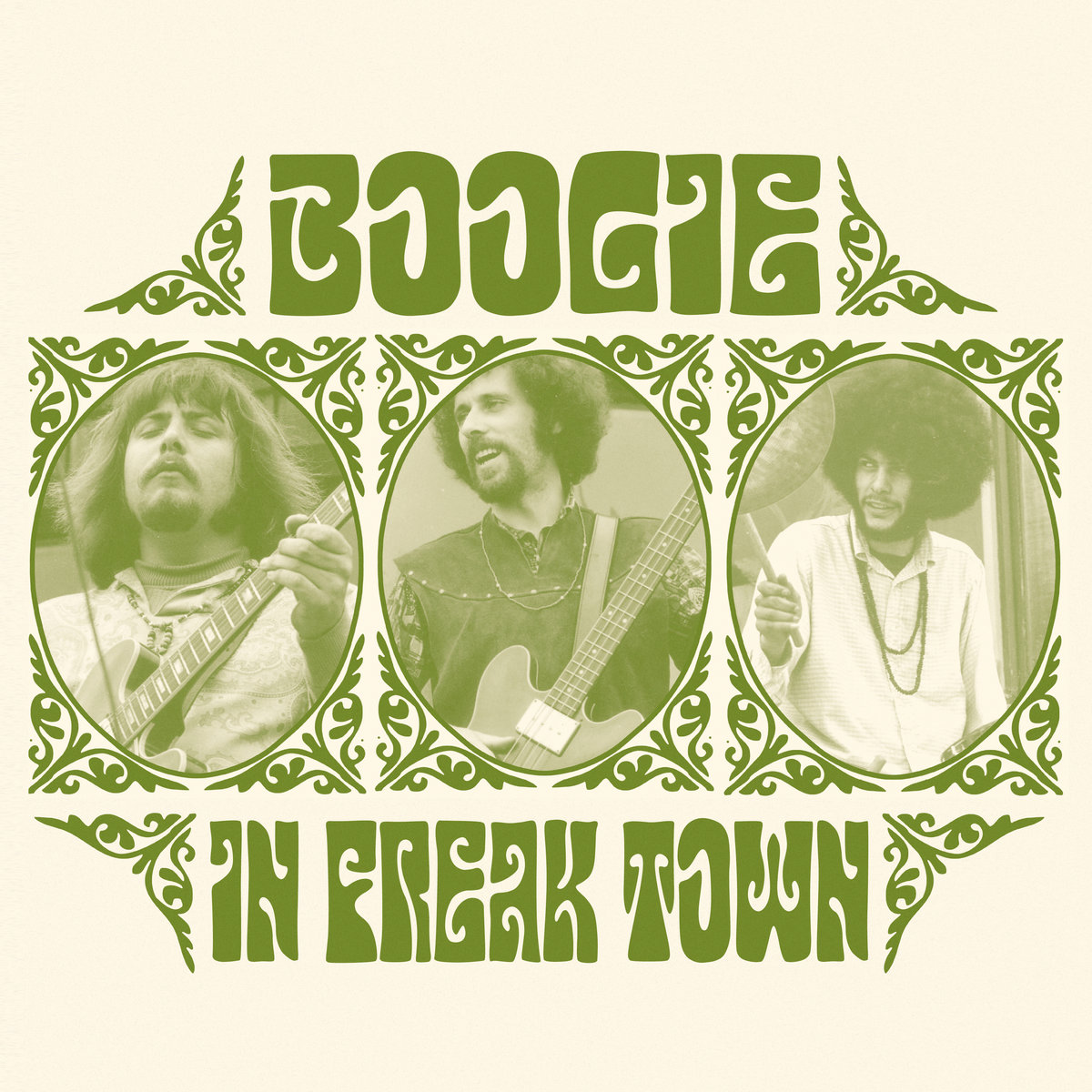
“Our loudness was in reality, fullness”
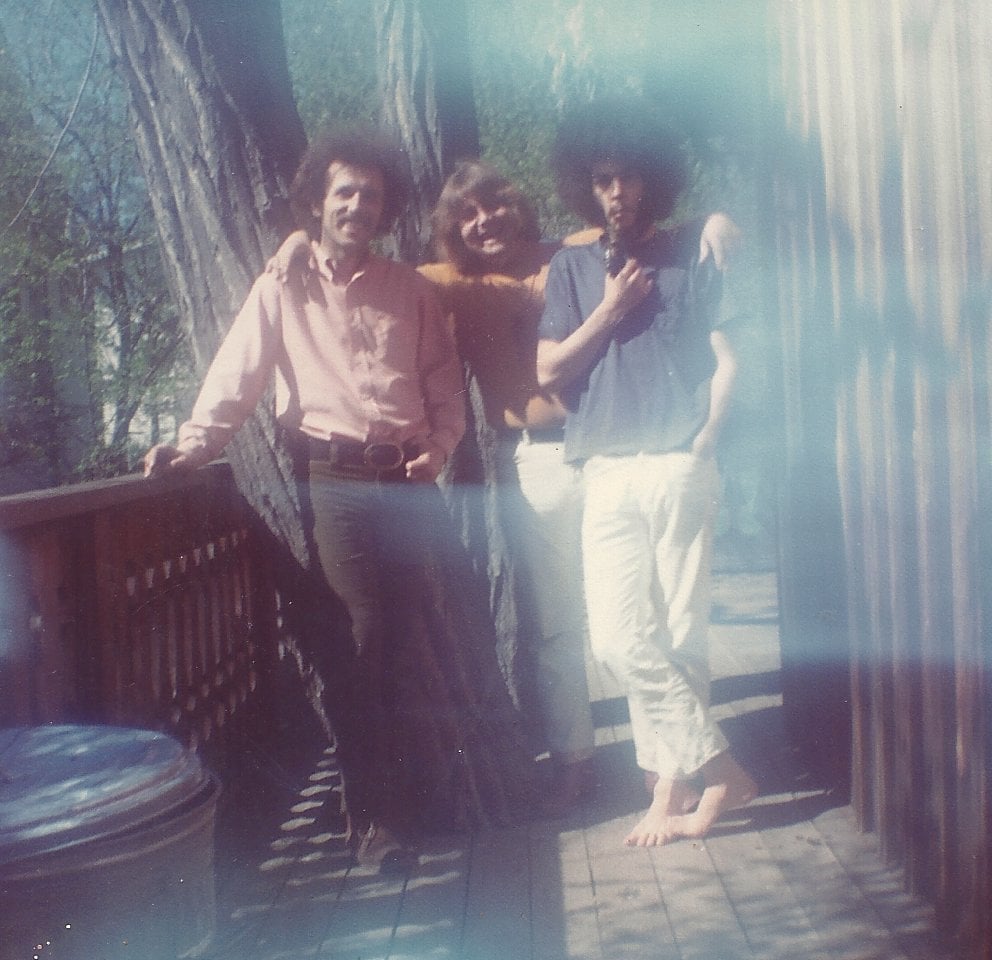
Where and when did you grow up? Was music a big part of your family life? Did the local music scene influence you or inspire you to play music?
Barry “The Bee” Bastian: I was born in Eau Claire, Wisconsin on March 29, 1943. My family arrived in California when I was 18 months old. I grew up in Culver City, the Land of Movie Studio’s. My mother used to play piano for silent movies, in her local town, in North Dakota. I still have, and play her Wurlitzer spinet piano in my living room. It’s 70 years old.
When did you begin playing music? What was your first instrument? Who were your major influences?
I guess music entered my soul when I started plunking notes on her piano when I was 8 or 9. I took lessons on accordion for a bit, but it didn’t stick. Played clarinet in Jr. High, and started messing with guitar when I was about 15. A friend passed on his flamenco lessons to me, that I couldn’t afford to pay for, and so moved on to folk music, like Peter, Paul and Mary, and others. My dad won an electric Harmony guitar and amp, as a sales prize at his office. He gave it to me and that’s when everything changed. I started listening to rock and blues. The Beatles also came along about that time. That inspired me to start creating my own songs. I actually started my own song/poem business. People would send me their poems, and I would create a melody, add a singer, and send them back a record. I had a record-cutting machine. All for $39.99, haha.
What bands were you a member of prior to the formation of The Boogie?
I created the “Boogiemen”, a trio with local school friends. I recently put out a 4 tune LP of that on cdbaby.com, called ‘LA Pre – EP’.

Next was “The Boogie Band”, with lead singer Bobby Burns. This is the band I was playing with at the “Sea Witch” on Sunset Strip in L.A, where I guess Lee Michaels first saw me play. I actually had never met him. Then I took Henry’s place and played with “Canned Heat” for a while before I got the invite to join Lee in San Francisco. I was picked up by his bass player and drummer and taken to “The Ark” in Sausalito where his band and Moby Grape were being created. Lee Michaels group disbanded. Our manager Matthew Katz was having friction with the Grape, and I think Lee felt he might avoid the downside of that by moving the group to LA. That was a mistake in my opinion. It took us out of The San Francisco scene, we no longer had any new psychedelic experiences to play about, and the LA lifestyle was taking its toll on Roger Dowd, and John Lehey, drummer and bassist. We commuted to San Francisco for gigs, and never once played in LA. That’s where I grew up Lee and our spirits seemed to be growing apart. One day in the Fall of 1967, the band was having a bite at Zee’s restaurant on Van Ness and Market streets in San Francisco. We had been getting some inquiries from a few record companies, so we asked Lee how the royalty thing worked. He informed us that we were just sidemen and wouldn’t be receiving any royalties, that he was single. The band was so offended by this statement that we walked out then and there. I feel our egos caused a great mistake, especially for Lee, as it took him some time to get his momentum back to that level. And by then the scene had changed, it was ending. Our group had already made it, all we had to do was dot the I’s and cross the T’s. We were already getting as good reviews as the Grape, and we were right on their coattails for success. It’s a shame, for Lee was special, but then, so was I. After the Lee Michaels band dissolved, I went back to LA and brought back some great players, and started “The California Memorial Band” We introduced the band to Chet Helms, the producer of the shows at the Avalon Ballroom, as an opener for “Blue Cheer”. He was impressed and offered us a $10,000 credit at a new music store, Don Weir’s Music City, in North Beach, San Francisco, where we outfitted the band. As I mentioned before, I met Lee Michaels for the first time at “The Ark” in Sausalito where our band was put together. Later that evening I walked up to the top deck of the old land locked ferry boat, and found this fellow there toking away, he passed me the hit and we talked awhile, he was the first person I hung with that way in San Francisco. His name was Chet Helms of the Family Dog. We later played quite a few times for him at the Avalon Ballroom.
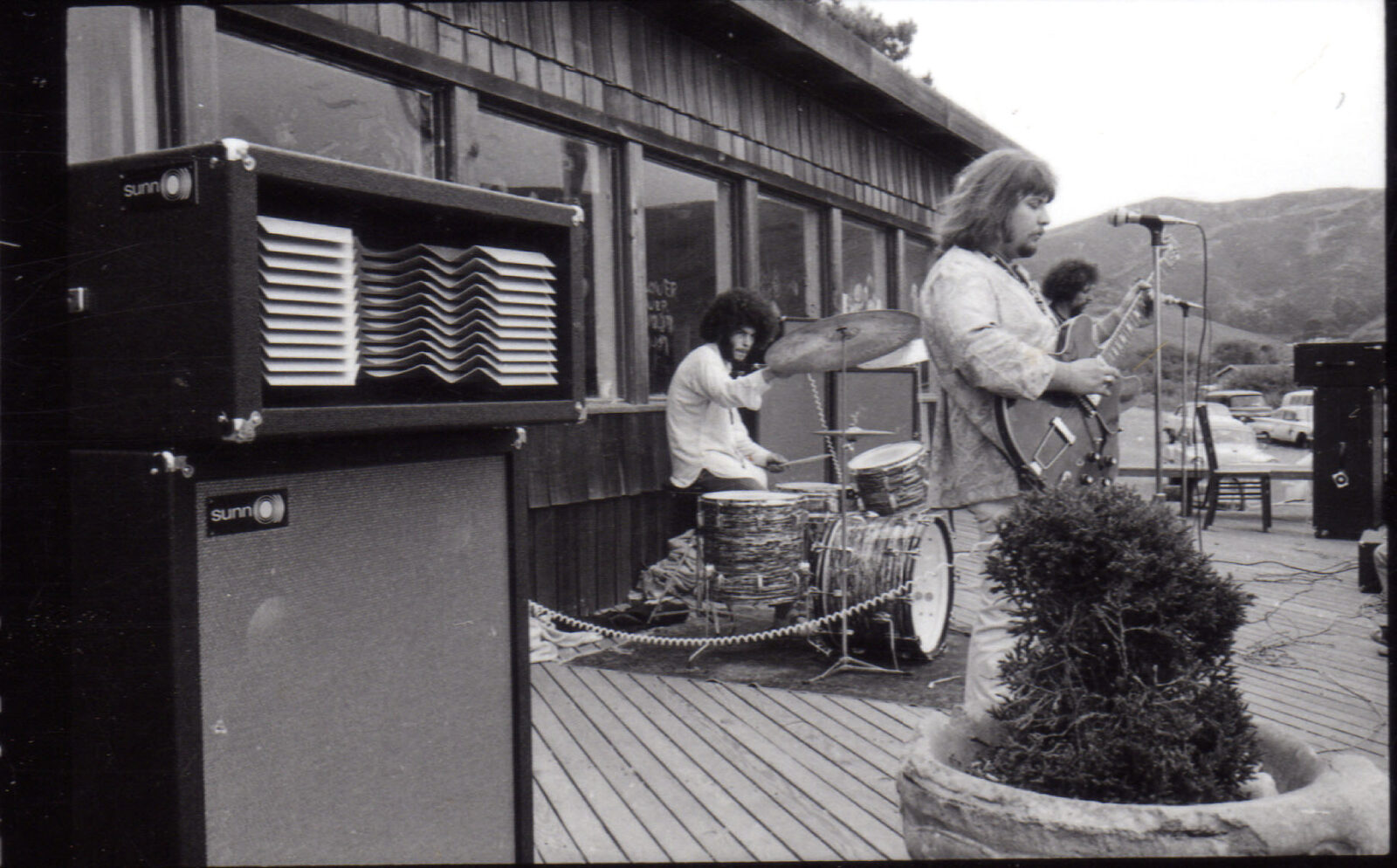
“Chet Helms was the best of all the good folks I experienced in San Francisco”
Although I respected Bill Graham, I always felt a little pissed off with him for his driving push to commercialize the “San Francisco Scene”. The Family Dog, booked and promoted a lot of up and coming local bands, that I felt presented the true spirit of our time. I felt they were kind of pushed off the ladder to success as a result of Bill Graham’s approach. Well you can’t argue with history. Bill Graham did what his conditioning guided him to do. The whole potential of the hippie path was to undo the Second World War conditioning that was laid upon our parent’s generation, and passed to us. Chet was the best of all the good folks I experienced in San Francisco. Blessed be his memory. Blessed be Bill Graham too.
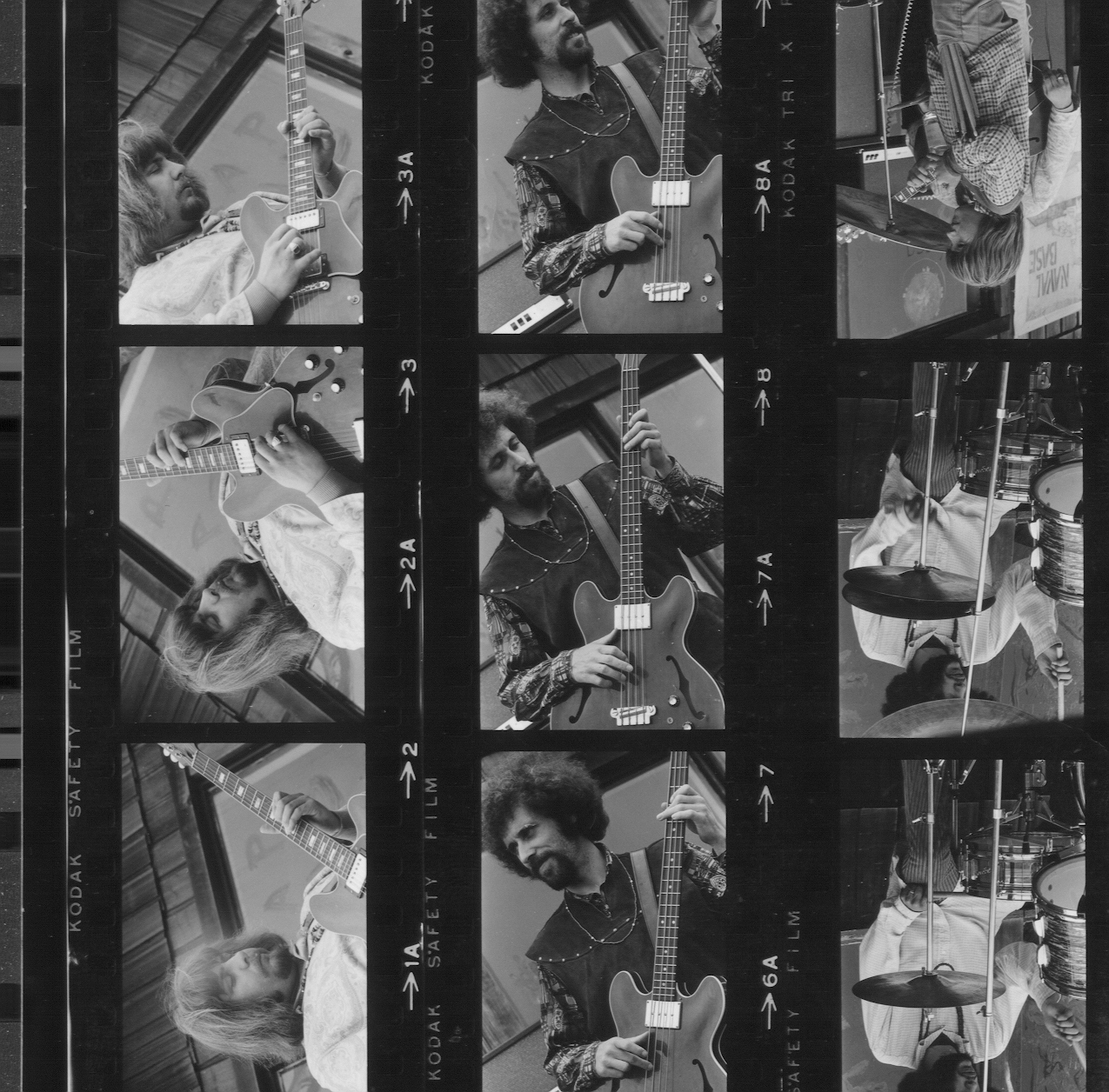
Can you elaborate the formation of The Boogie?
Well the candid reply would be that John Barrett played with us in the last moments of the life of “The California Memorial Band”. I was down and out, living in the Moby Grape’s practice room. Barrett met a new friend, who had arrived from the East coast, Bob Emory. He became our benefactor and offered us support to start the new band. At that point Barrett got a hold of John Oxendine for the first rehearsal that took place at Burry Olsen’s leather shop. Emory was part of the decision to call us “The Boogie”. He then became our manager. Bless his memory. He and his lady, Diane, were of great heart.
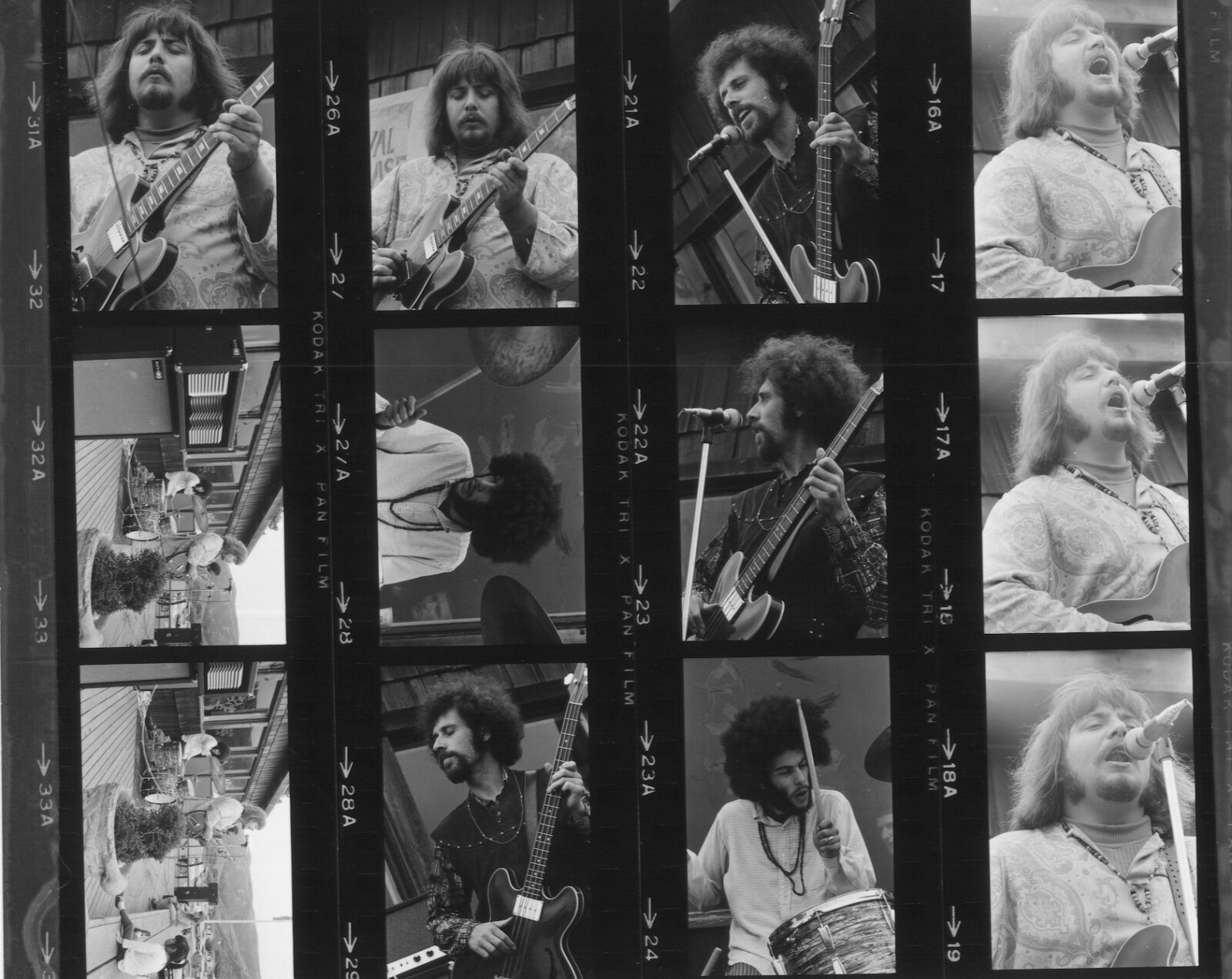
“Our musical approach was very new to everyone”
When and where did The Boogie play their first gig? Do you remember the first song the band played? How did the audience accept the band?
Our first gig was at the Ark, at Gate 6, in Sausalito, Ca. First song was probably ‘Wade In The Water’. It was pretty incredible, alarmingly great. Our musical approach was very new to everyone. We were very happy with it all.
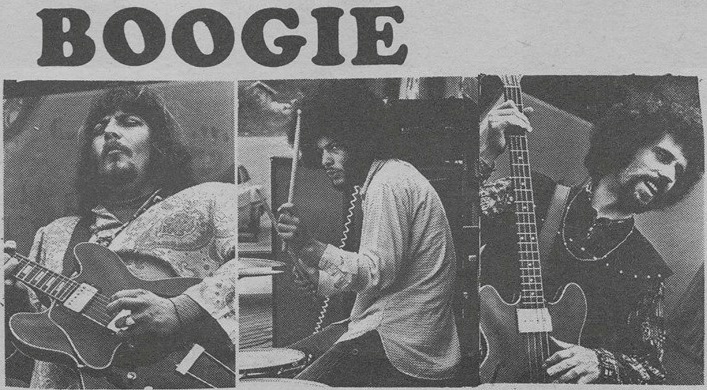
What sort of venues did The Boogie play early on? Where were they located?
We played pretty steadily at The Ark, and around Marin and San Francisco. Bruno Ceriotti has our bio with most of that performance info. [Read his in-depth article here]
You were among the very first heavy blues rock groups in the Bay area. What influenced the band’s sound?
I had developed a technique of using a flat pick and two metal finger picks. That allowed me to play lead, rhythm, and drone bass root notes, all at the same time. That allowed the bass and drummer to have equal tonal balance with the lead instrument. That created a full trio sound, as opposed to just a bass player and drummer backing up a loud guitar. Our loudness was in reality, fullness.
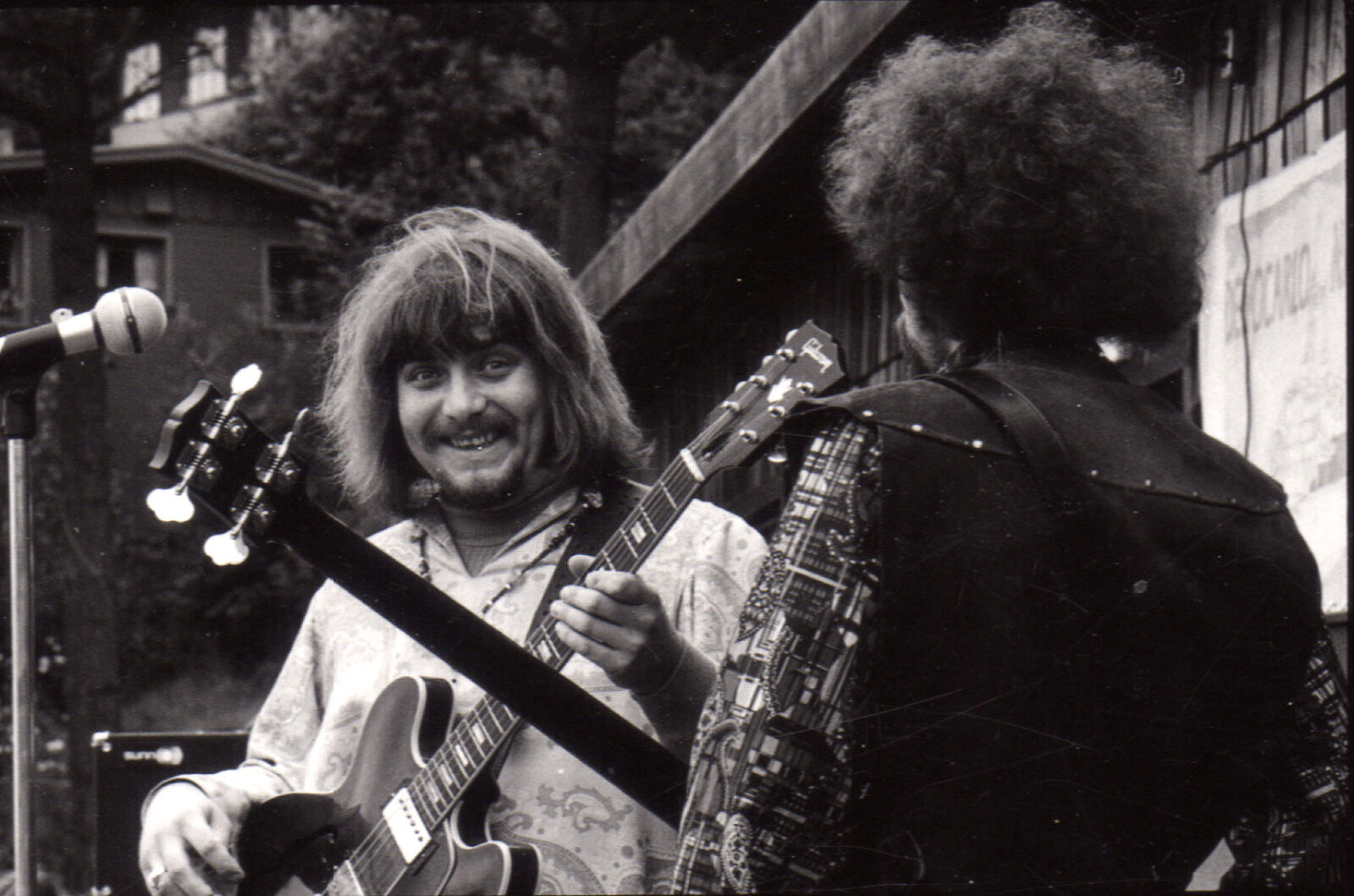
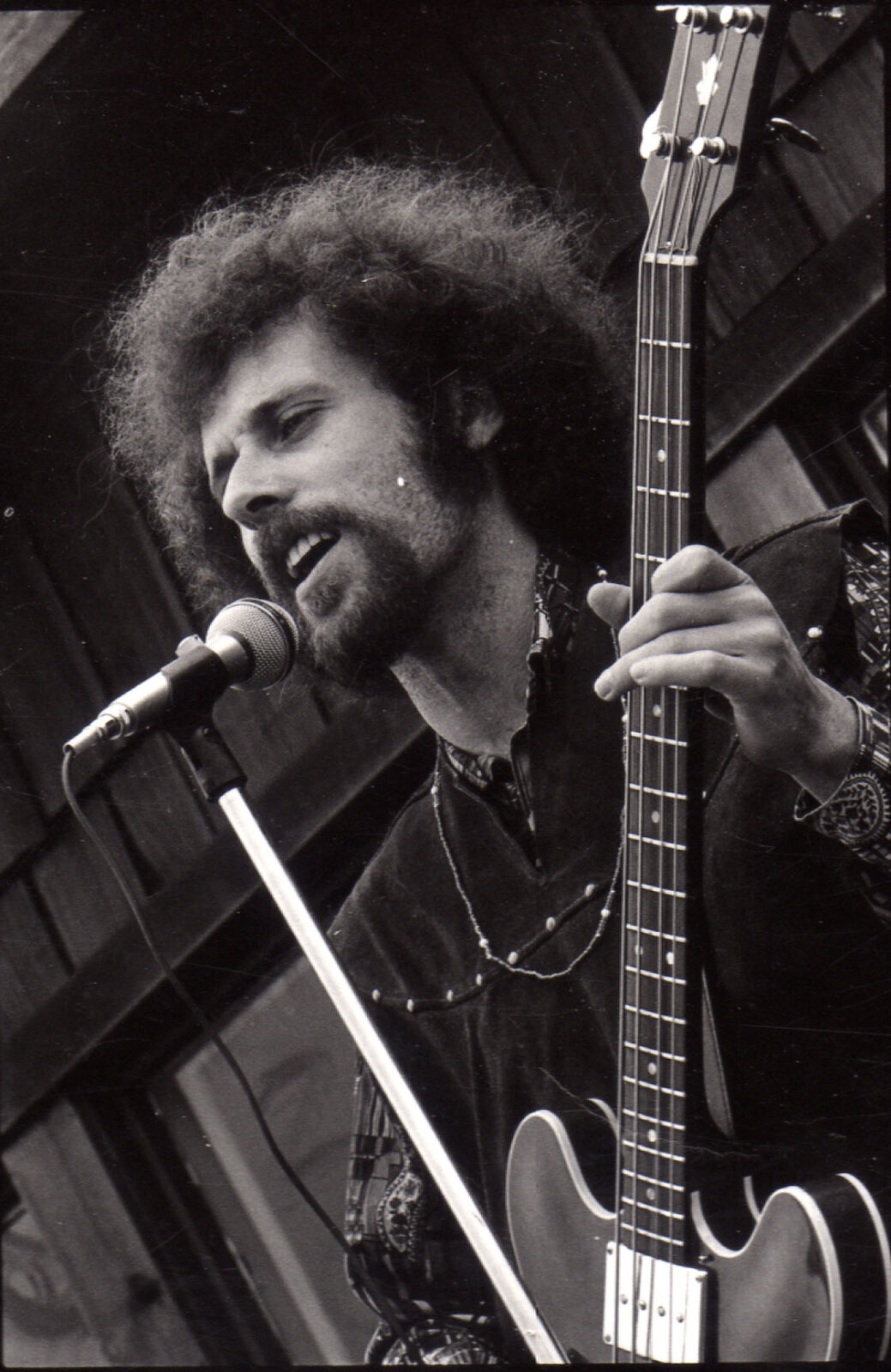
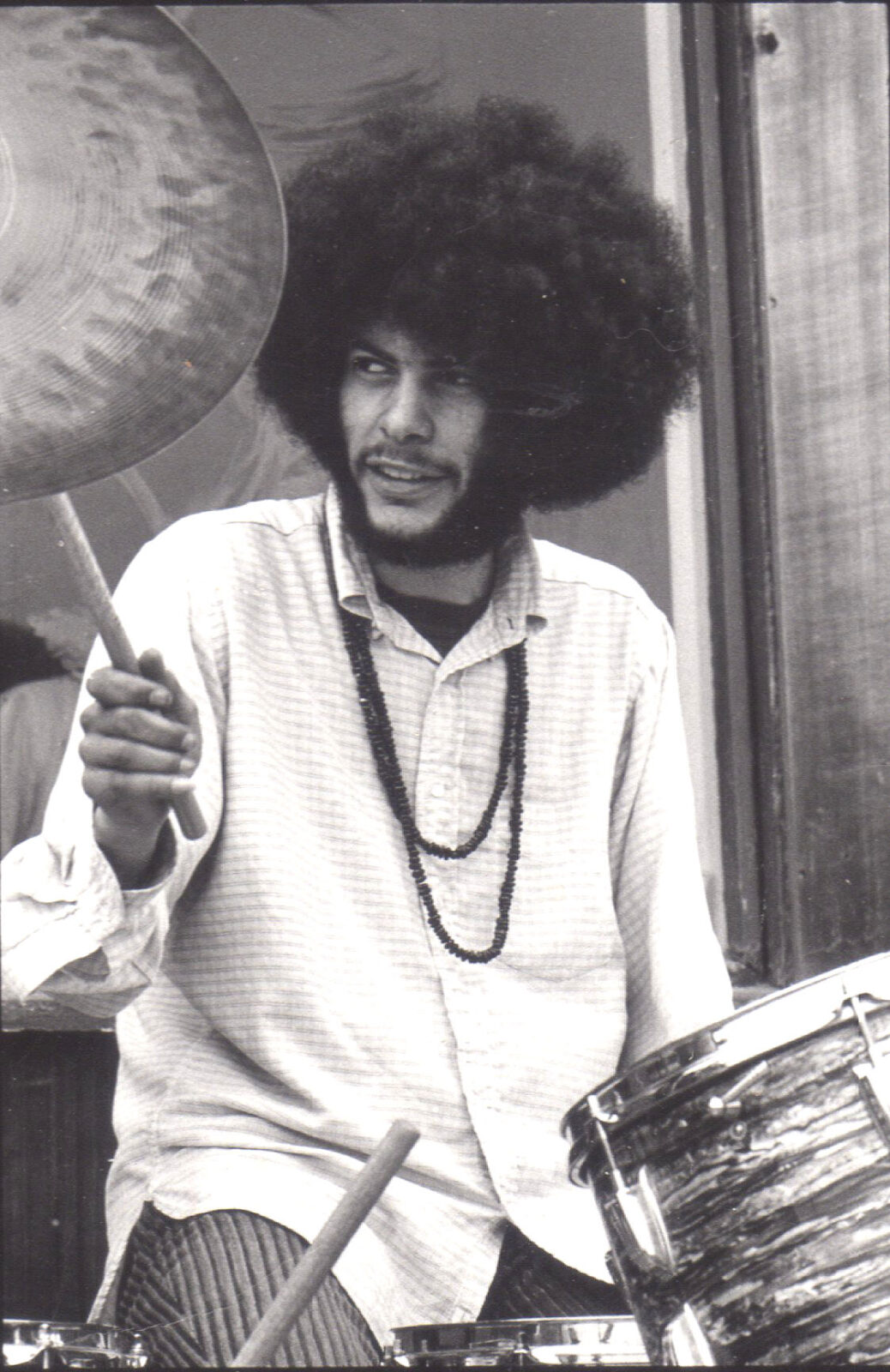
How did you decide to use the name “The Boogie”?
My first band in L.A. was ”The Boogiemen” and I always sang the John Lee Hooker song, ‘Boogie Chillen’’, off his album that I had since I was 18. I still sing it. And boogie woogie music was where my soul was always drawn too. So I guess that the name “The Boogie” was always in the future destiny of things.
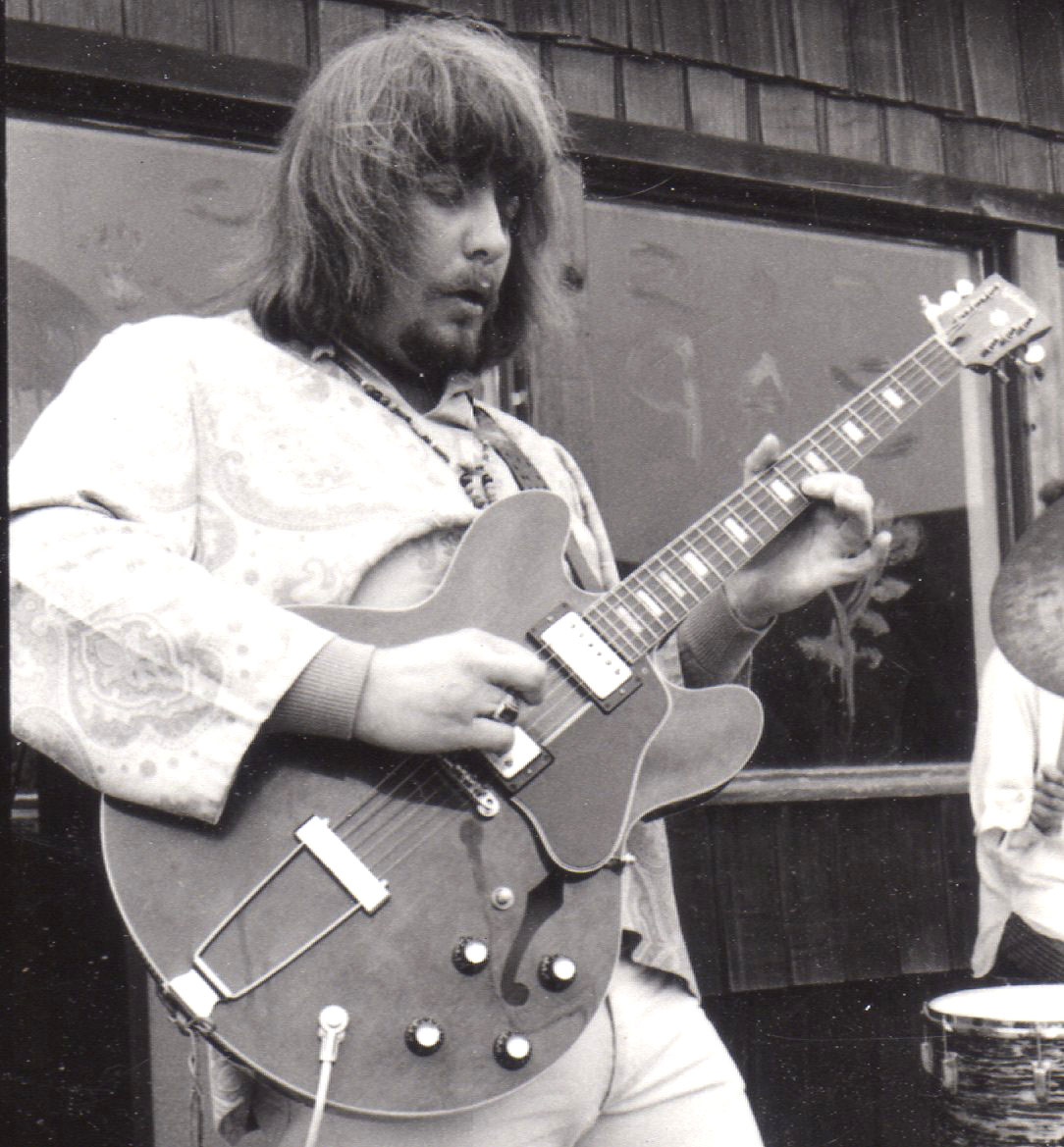
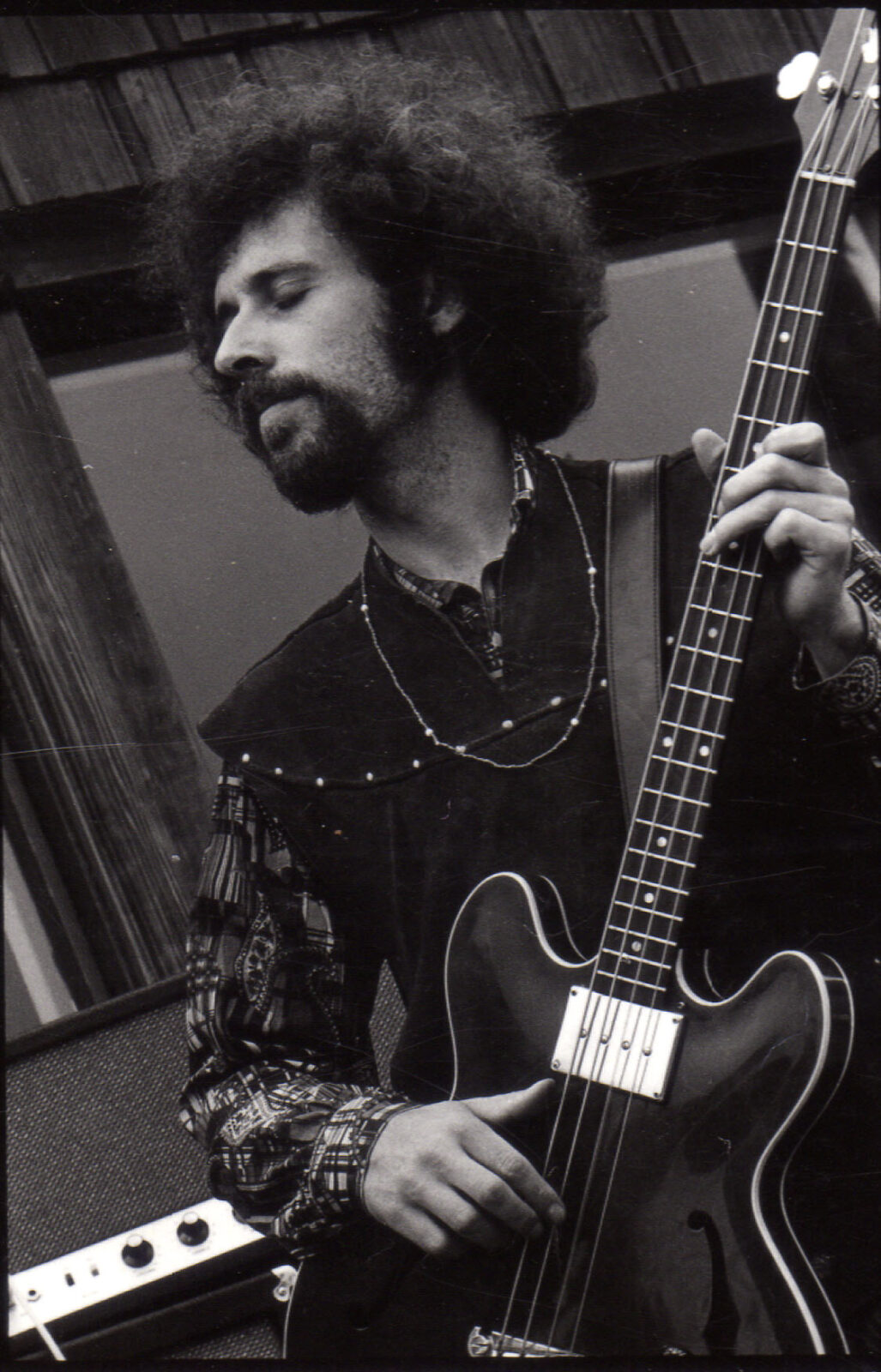
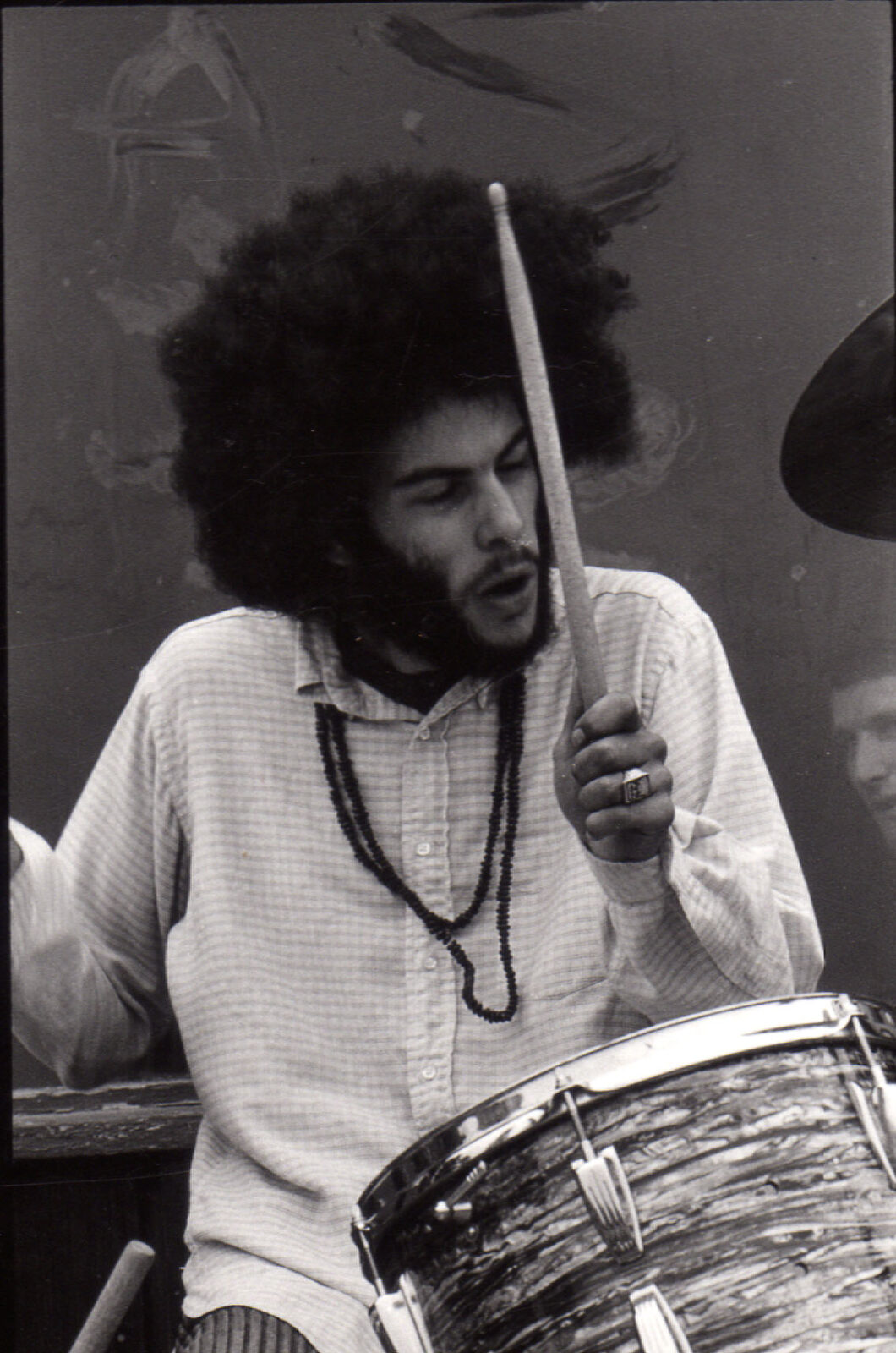
Apparently you were even louder than Blue Cheer?
I didn’t look at it as loud, as much as that each instrument was allowed to be a main instrument in the balance of our tone. Henry Vestine was my friend long before he started “Canned Heat”. He is the only person I ever paid for a guitar lesson. At that lesson he turned me on to using my fingers, as well as the pick. A style he learned from Jerry McGee, studio guitarist for The Monkees, and Ricky Nelson, and a lot of other artists in Los Angeles. I started incorporating my folk and flamenco fingerpicking with rock and blues that became a very fulfilling challenge. He also turned me on to weed, all for $5.00. Pretty good deal, yeah! As I developed those techniques, I came upon the way to play three parts at the same time.
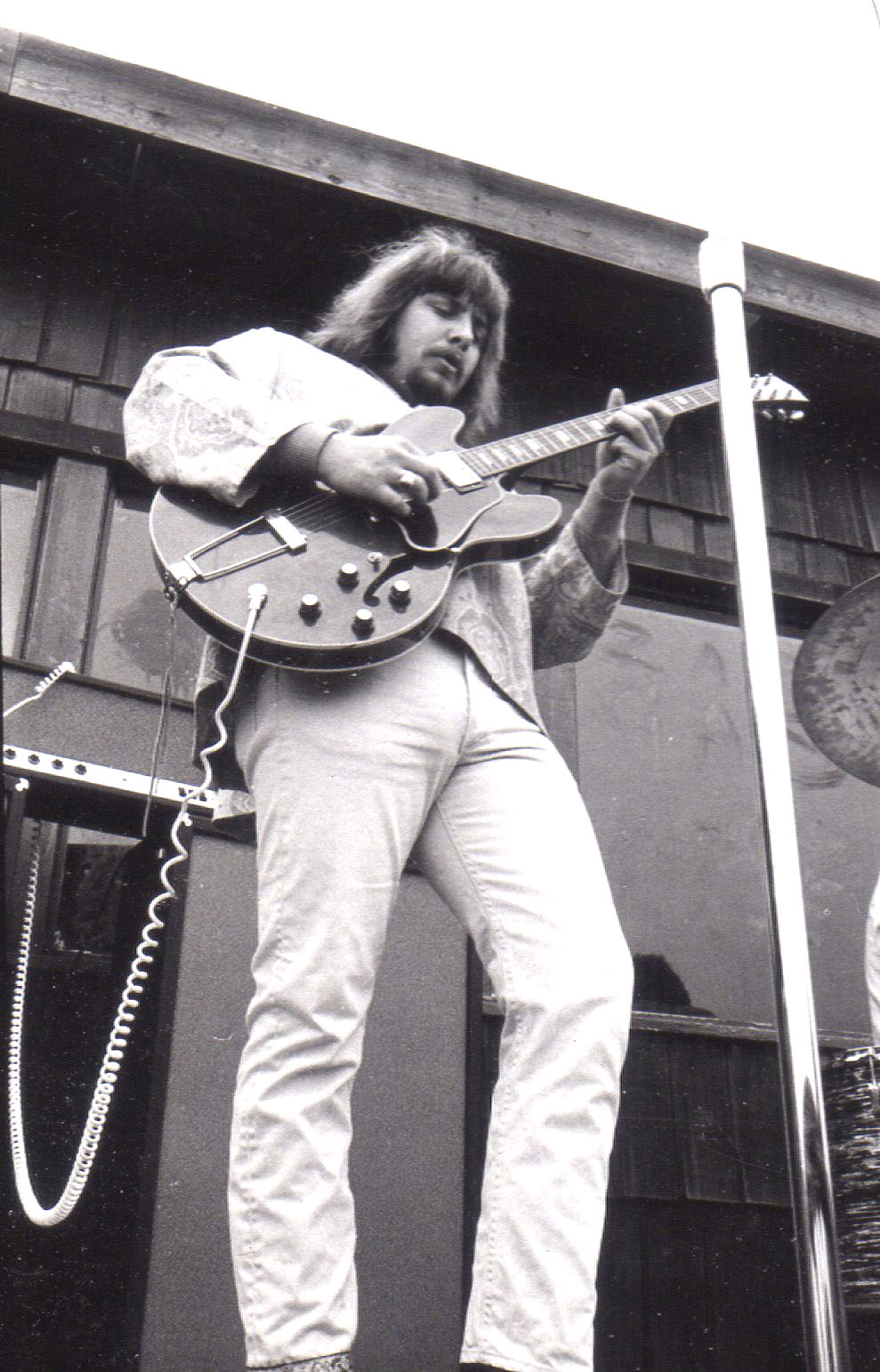
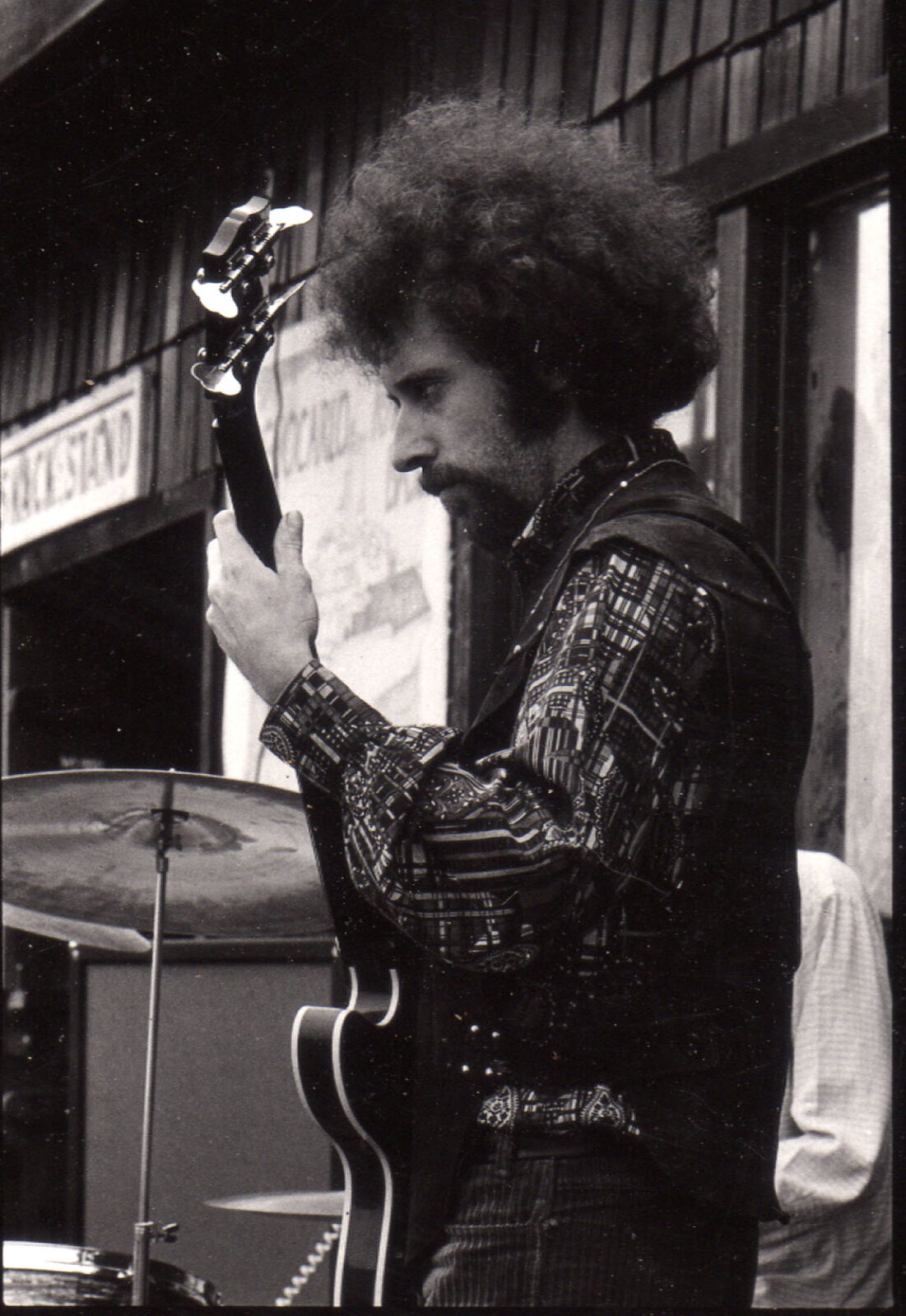
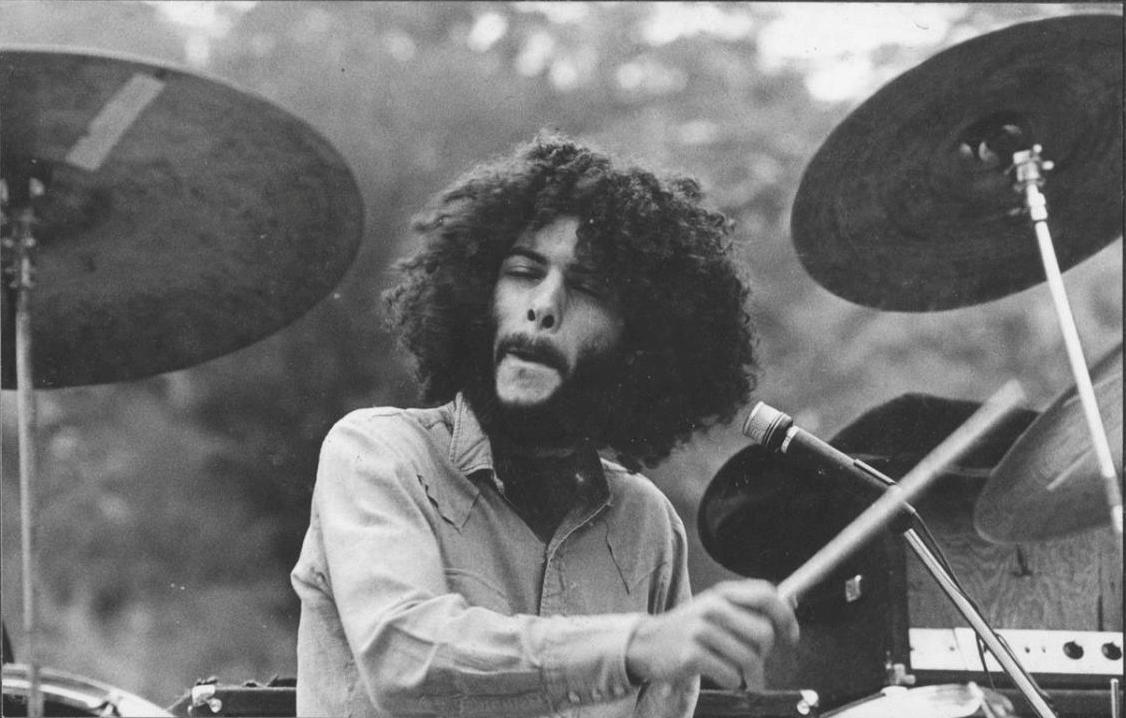
You were friends with “Moby Grape” and used their rehearsal space. Tell us about that.
Originally I met the Grape when I came to San Francisco to join Lee Michaels. We all had the same manager, Matthew Katz, who was also managing “The Ark”, where both bands were created. We played a lot together and became friends. When Boogie started they offered us the use of their practice room.
And you were also friends with The Sons Of Champlin.
Yeah, they were great people. We played and partied a lot with them. Terry Haggerty, and his sister Linda, was perhaps the more spiritual connection for me.
“I recall sipping Southern Comfort with Janis in the Avalon band room, while Owsley was popping pills down our throats.”
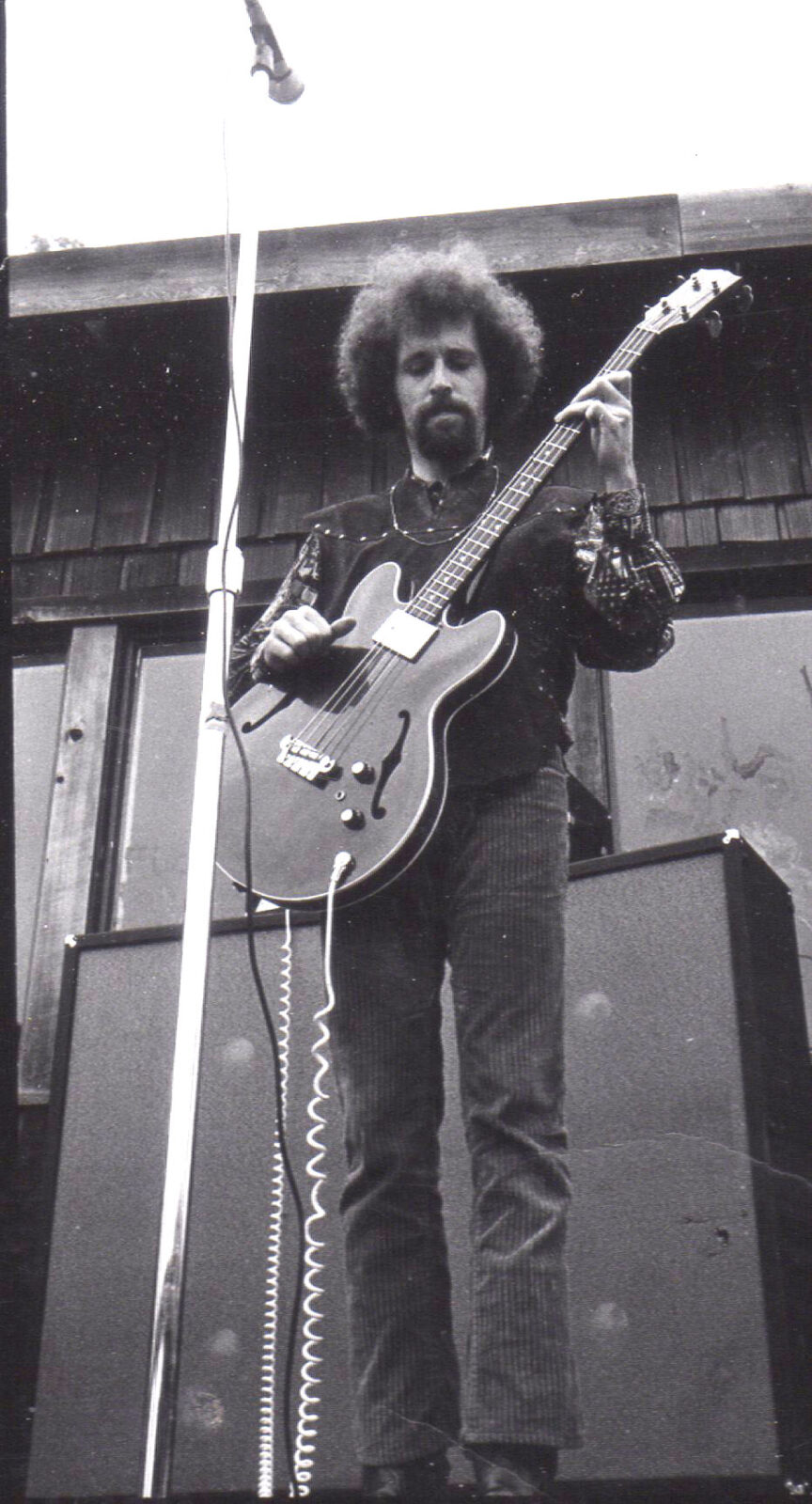
You played all the legendary venues including The Ark, Avalon, Fillmore and shared stages with bands like Buffalo Springfield, Quicksilver, Ace Of Cups, Flamin’ Groovies and Country Joe & The Fish. What are some of your favorite memories from playing those shows?
Well, I felt that Moby Grape and Buffalo Springfield, had to be America’s answer to The Beatles. The last time I saw Stephen Stills and Neil Young was when they got off the stage at that Altamont chaos. Neil looked at me and shook his head, as if to say, something is alarmingly f–ked with this energy here. But all in all, the spirit in Marin County and San Francisco was typical of the California vibe. “The Summer Of Love”, all the bands were open to each other, it was like, there is only one band, and we’re all band members.

I recall sipping Southern Comfort with Janis in the Avalon band room, while Owsley was popping pills down our throats. When I was with Lee, we played 3 or 4 times with her and the Holding Company. It was all truly just one overall memory. Bless them all. John Cipollina, Janis Joplin, Country Joe. Every one of them, who carried the spirit of our beliefs.
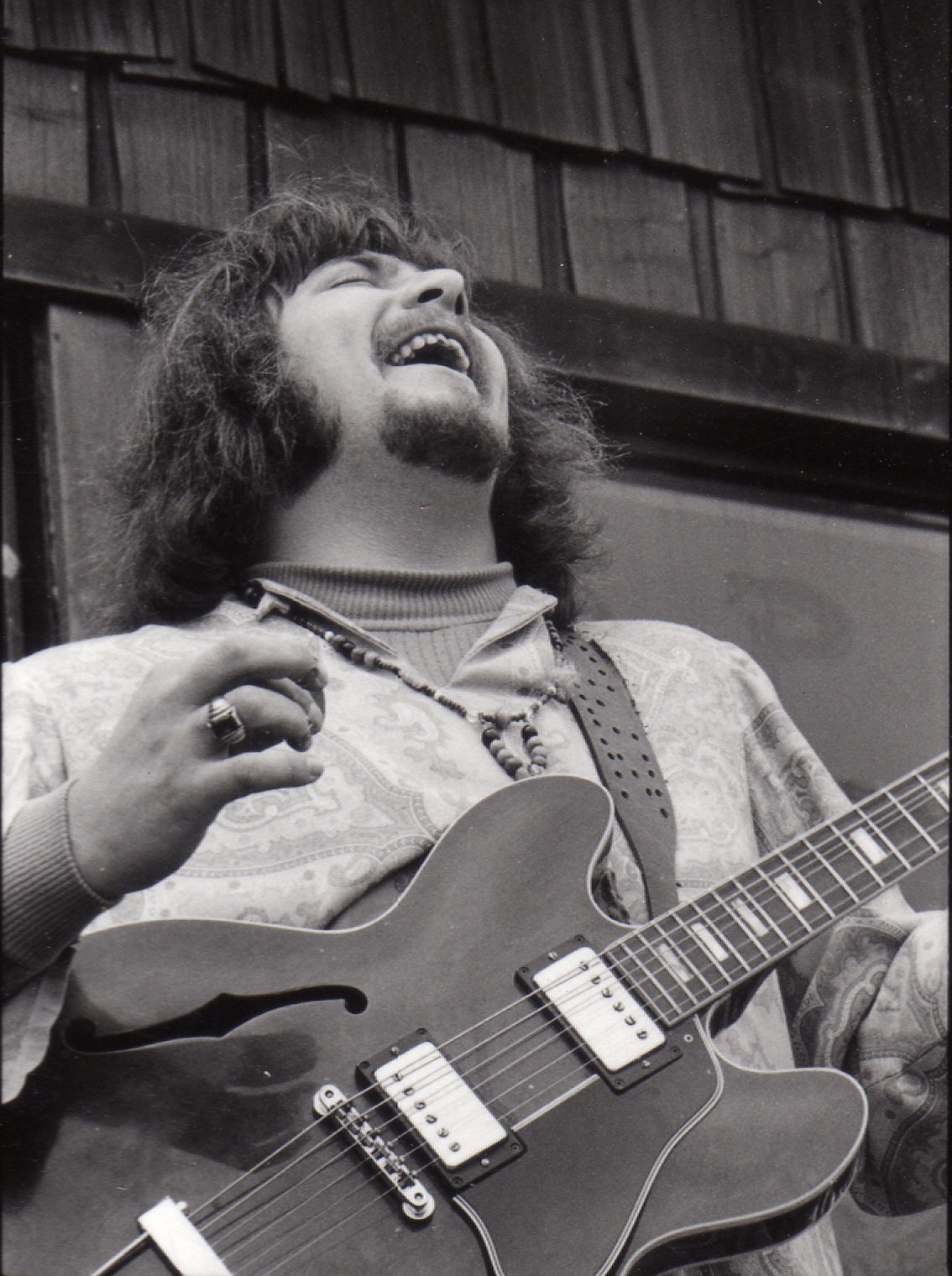
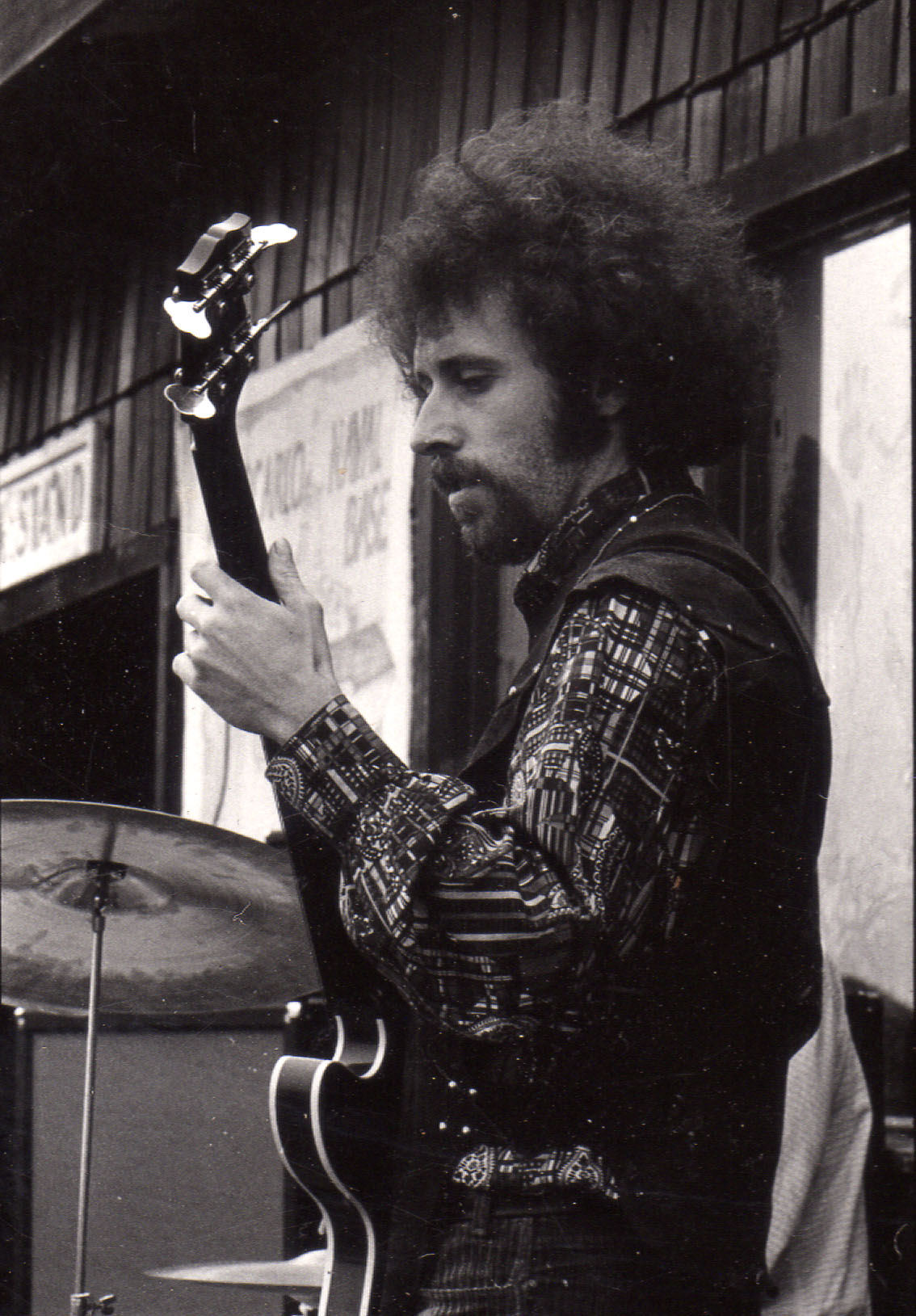
Tell us about your amps and audio gear?
Don Weir, the owner of Music City, that Chet Helms offered us credit to, eventually re-possessed the equipment we purchased for the “California Memorial Band”. He acted really pissed off about it. Sometime later I was at the Fillmore backstage, and he admitted to me that the $10,000 credit that Chet offered, was how he eventually built his big store. When The Boogie approached him for new equipment he was open to us, as we now had Bob Emory as our new financial backer. There was also a new startup company called Sunn that made amps. They let us design what we needed to produce the sound we were after. Barrett had them make two cabinets with two JBL 15” bass speakers in each, and a 220-watt Sunn top. I ordered the same two cabinets with 6 – 12” speakers in each, also with a 220-watt top. I also used my Fender Bassmen with 4 – 10” speakers and high frequency driver horns that I used to carry the highs in the concert halls. Fuzzy ordered an oversized Rogers drum kit. His low floor tom-tom was a small bass drum with legs on it. “WE WERE READY TO BOOGIE”!
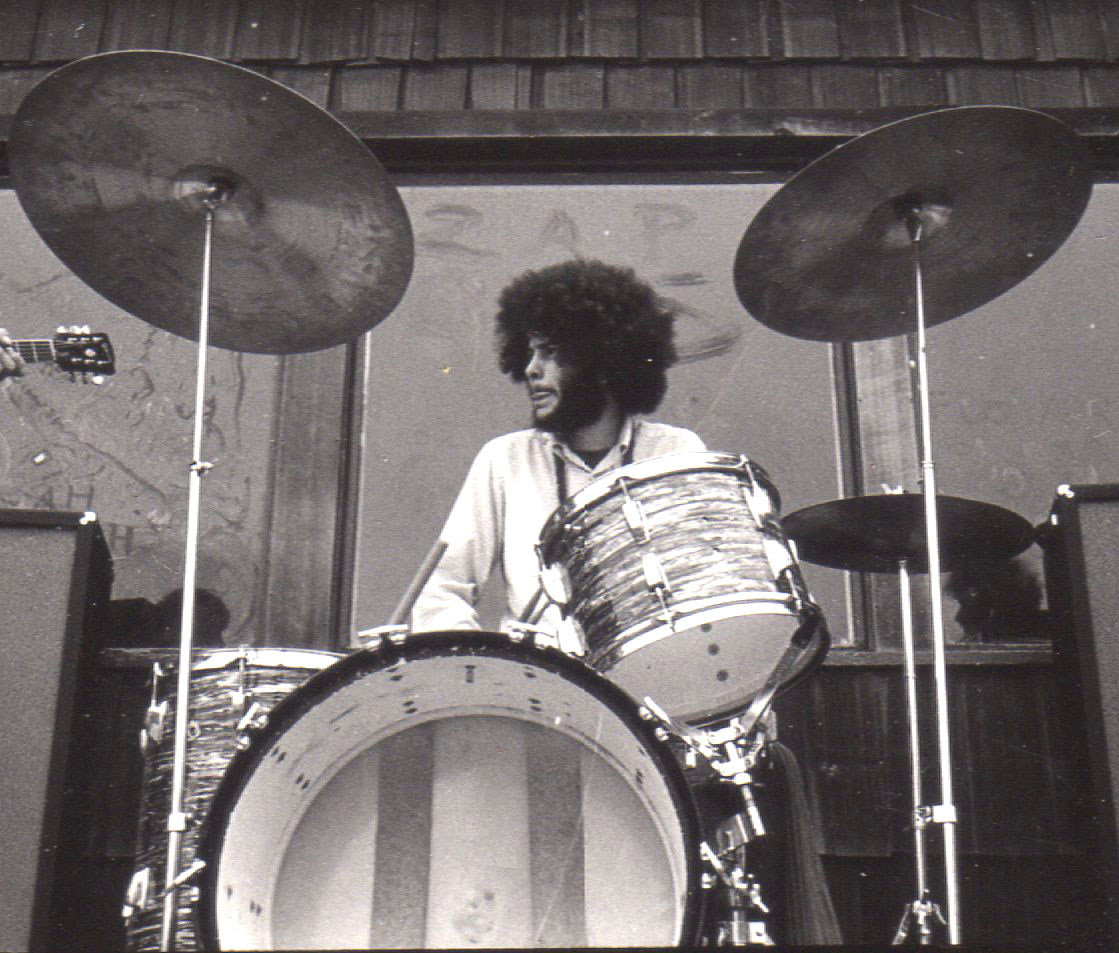
Were you inspired by psychoactive substances like LSD at the time?
Certainly. Usually every Saturday.
Guerssen Records released “In Freak Town”. Are you excited to hear your material on vinyl after all these years?
I talked to Fuzz and JB. I told them that Guerssen is making us all international rock stars. Yes, we are all very pleased.
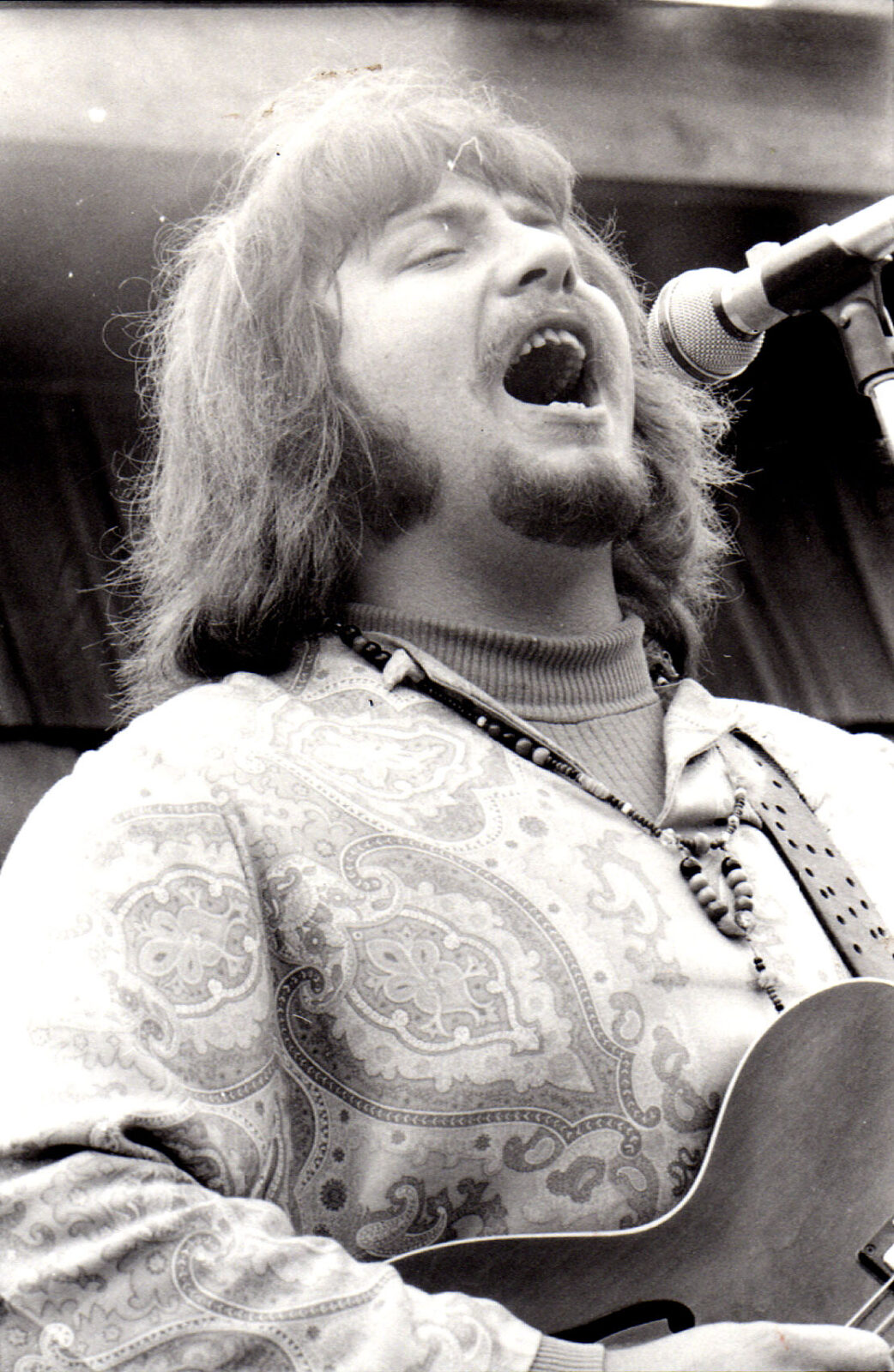
Where was the material recorded and what were the circumstances that left you without a record deal?
‘In Freak Town’, ‘To Me’, and ‘Wade In The Water’, were recorded in one session at PHR studio in Sausalito, Ca. The rest were the last live performance of “The Boogie”, at the Dream Bowl in Vallejo, California. The Boogie’s unfortunate, ‘Interrupted Destiny’, came about as the result of two undercover narks. They infiltrated the Gates of Sausalito, the houseboats, and other areas of Marin, impersonating honest people, in other words, real hippie’s. At the time it was pretty common to purchase a few bags of smoke, pass a couple to friends for a little higher, and have yours for what you could really afford. The official forces called that dealing, bullshit then, as it is now. This friend got two from me, passed them to these two narks parked at the laundromat.
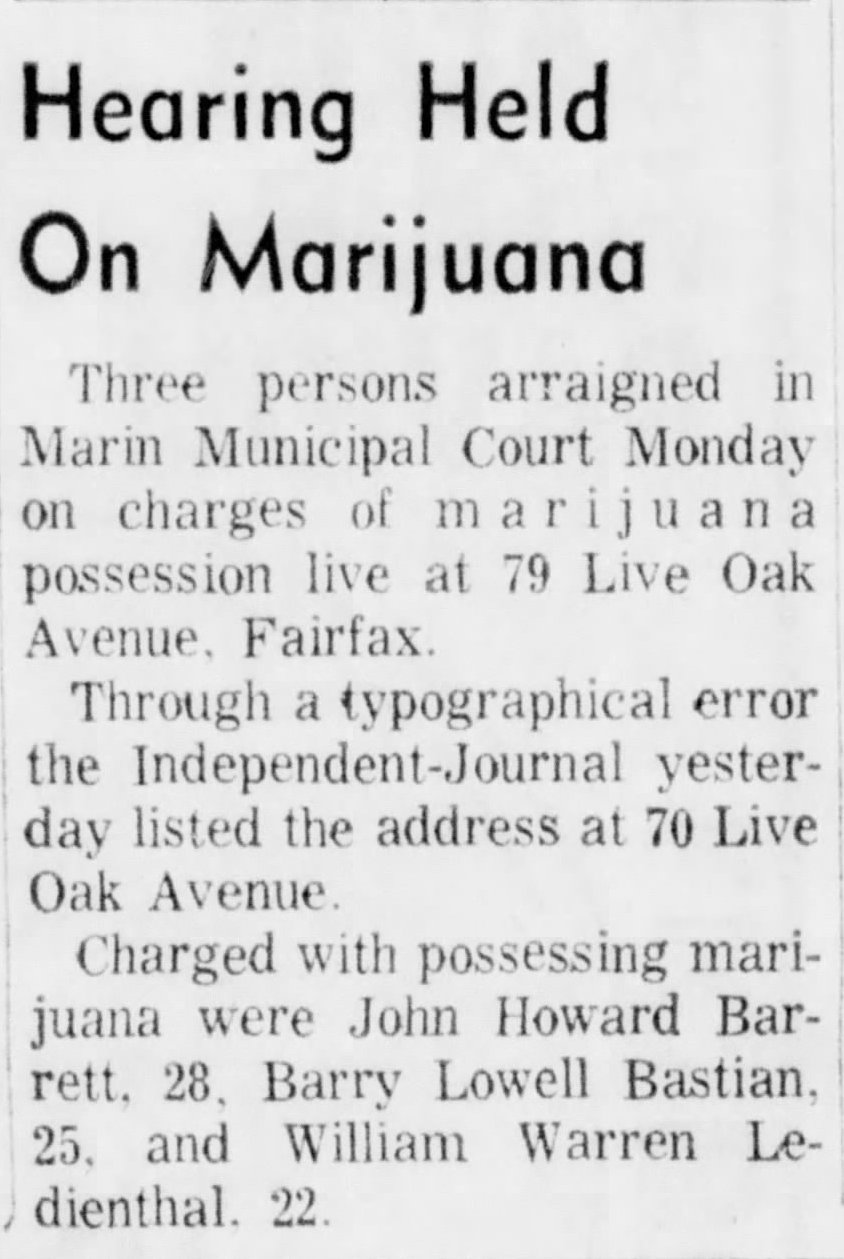
The first rehearsal of Boogie was about two weeks later. One night, many months later, I got off our set at the Ark. I was out in the parking lot, when I was approached by these two guys, they asked if I remembered them getting some smoke from this guy Steve, and if I knew where they could score some bricks. I said; no, and that I wasn’t doing anything like that. They walked away, turned around, flashed their badges, and off I went. A year later I was asked to live in one of their animal cages for 90 days. I served 54 and was released. The other members had moved on. “The Boogie” never played again.
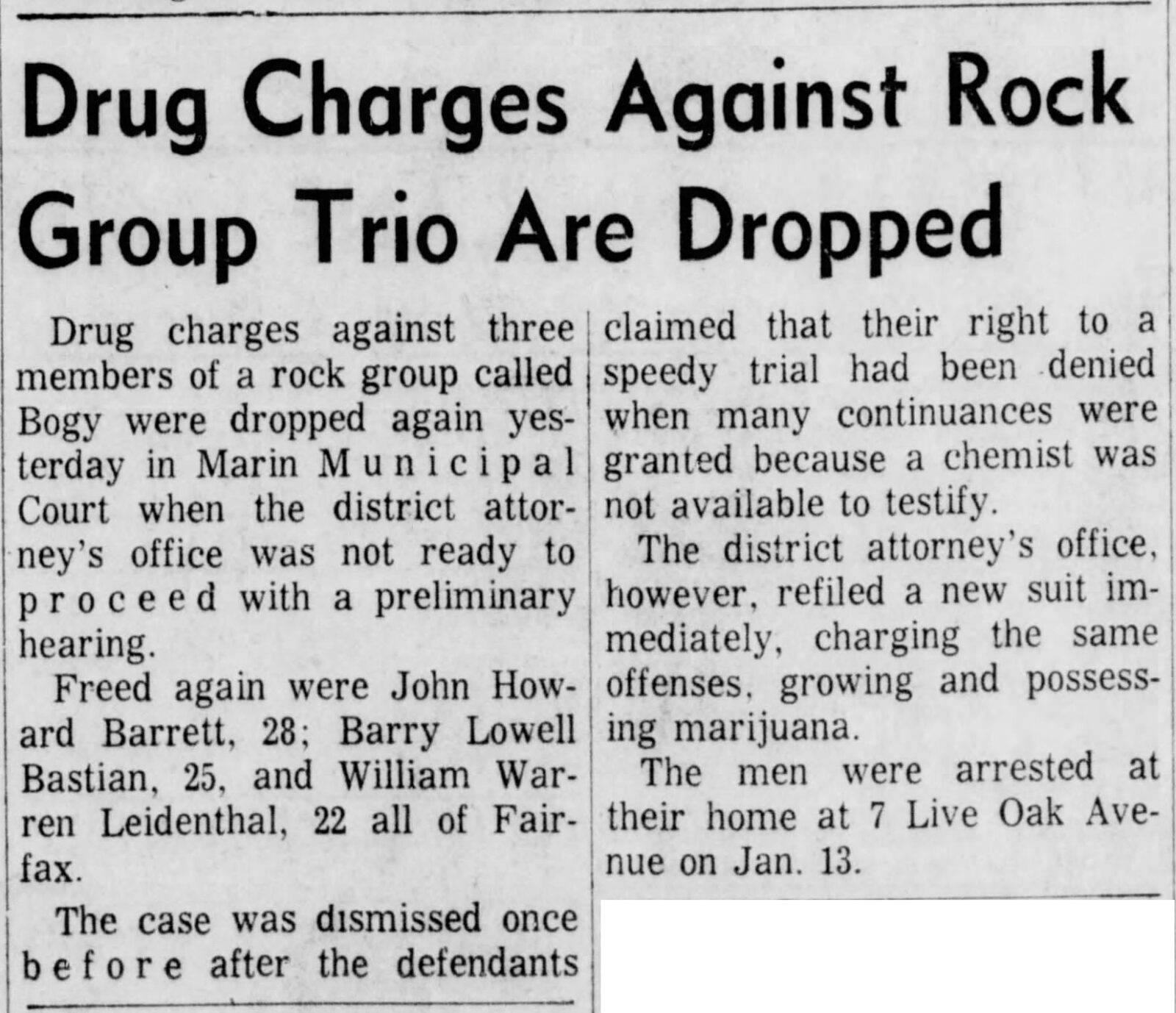
Where did you record it? What kind of equipment did you use and who was the producer? How many hours did you spend in the studio?
The Boogie produced the PHR session.
Bass Guitar- Fender Showman amp
Guitar – Fender Bassmen amp
Drums – Ludwig kit
Was all done live. One take. Overdub backup vocals. On ‘In Freak Town’ and ‘To Me’. Spent 4 hours?
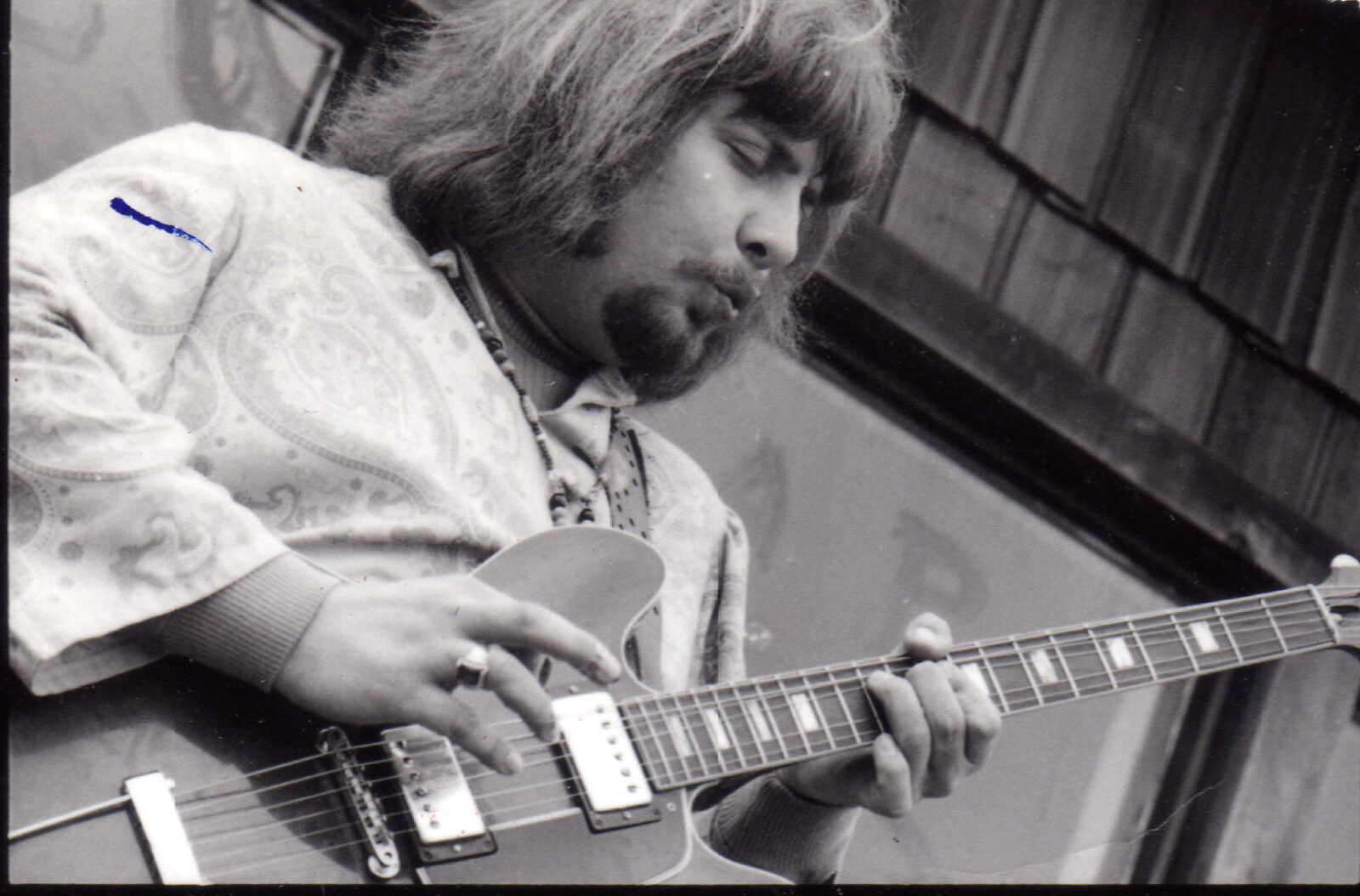
Please share your recollections of the sessions. What were the influences and inspirations for the songs recorded?
The PHR session was great. ‘Wade in the Water’ was classic, natural amp feedback, no gadgets. We were new and fresh.
Would you share your insight on tracks?
‘In Freak Town’
This tune was my reflection of Haight-Ashbury when I first arrived in San Francisco, the lost people and drugs. That appraisal softened over time. I came to realize that this was a very special time, and that these people, all of us, were searching for a new truth to live by. Bless them all.
‘To Me’
A song of truth and light.
‘Wade In The Water’
Old public domain melody with a kind of Eastern Ali Akbar Khan twist. Mostly I just played what I felt in that moment in the solo.
‘Prelude To Boogie’
We always started our gigs with a warm up instrumental jam. It was always a new creation at that moment. It was always the ‘Prelude to Boogie’, even though it was different every time. This recording was the last ‘Prelude To Boogie’ we ever played.
‘Chico Smoke El Ropo’
Was our pro cannabis tune.
‘I’d Hate To Lose You’
Was a love blues to a girl that broke my heart.
‘Wade In The Water’ (alternate version) – original Unedited
This and others available on download card/ included with LP record.
‘Merchant of Dreams’ (acoustic)
Another circus-like dope dealer tune like ‘In Freak Town’. These two tunes were played in a special tuning. I guess I created it. Drop the 5th string A to a G. Allowing you to drone the bass root in the key of G.
‘In Freak Town’ (acoustic)
Recorded year’s later 1981- 1982 with acoustic guitar. ‘Merchant of Dreams’ as well.
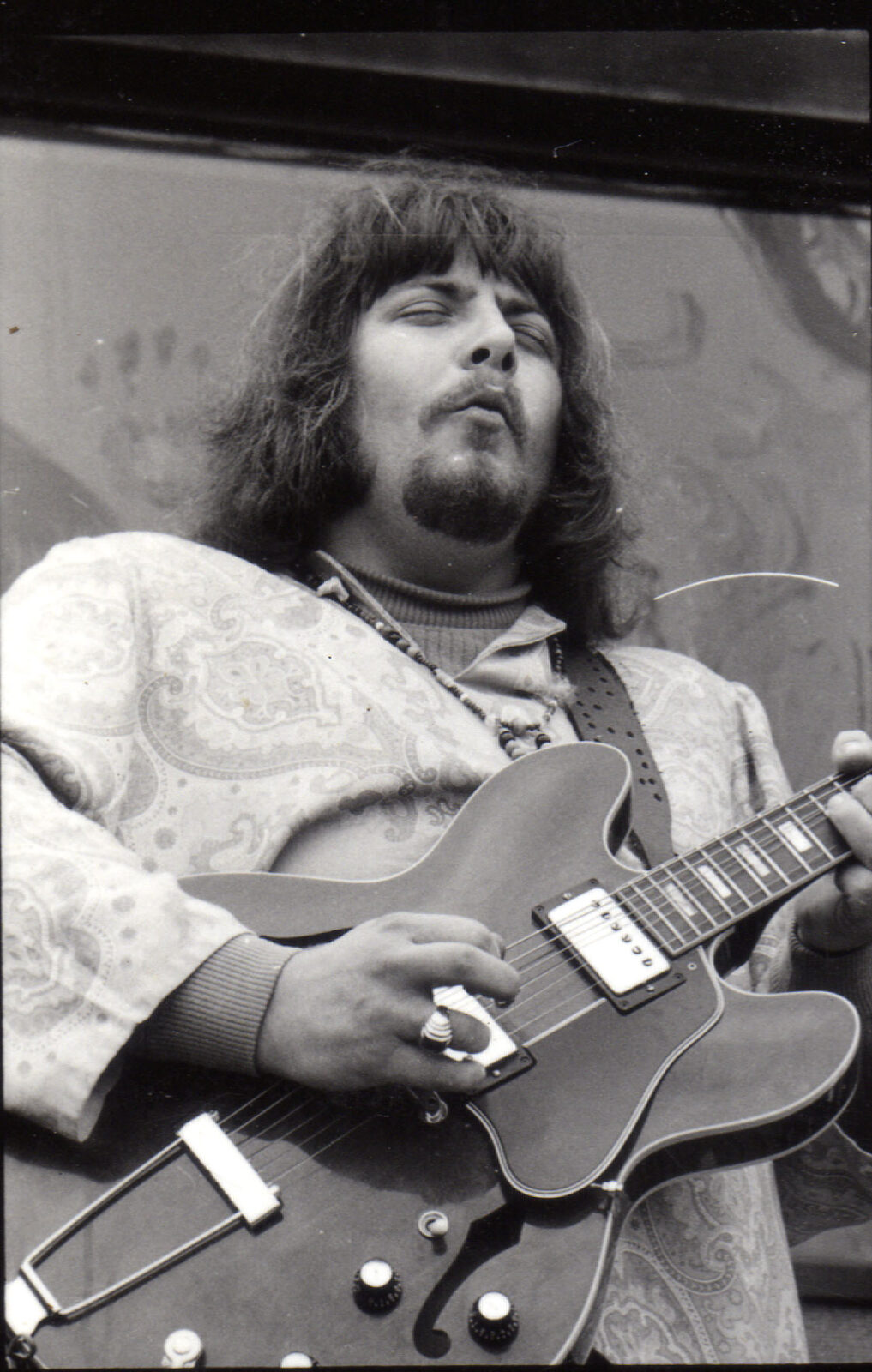
How pleased was the band with the sound of the album?
I guess neither of them put much thought into this music for over 35 years. I chopped, edited, and spliced the live concert, and used the old photos JB had, and designed the album cover. I think they were pretty proud of it when it was all completed.
What happened after the band stopped? Were you still in touch with other members?
Well it was kind of a strange time. All we had accomplished; house, equipment, identities, were all in the void. They chose to move on while I was in jail. Which broke my heart. I left and went to Hawaii to reconnect with my dad, who I hadn’t lived with since I was five. That was a really soul healing experience. He’s still alive in my heart. 35 years passed without much contact or conversation, until the chance to create the album put us back in contact. We are on good friendly terms these days. We even have talked about recording a second Boogie album, should the Universe desire it. Bless them both.
Looking back, what was the highlight of your time in the band? Which songs are you most proud of? Where and when was your most memorable gig?
Well really, the whole experience, without a doubt. ‘Wade In The Water’ – I don’t think I have ever needed to play anything more creative than that, to consider myself a guitar player. But I’m sure I have. ‘I’d Hate To Lose You’ – I thought that we were heading in a new direction as far as blues tunes were concerned. ‘In Freak Town’ – Its classical / philharmonic structure, in the drop G tuning was our own thing. I doubt that anyone could figure out how to play it without instruction. The same in a simpler form was ‘Merchant of Dreams’.
No doubt “Sky River Rock Festival” August, 1968, would have to be on the top of the list. We played wherever we could of course, as all bands that were trying to progress did. The one most memorable to me was our appearance at the Sky River Rock Festival and Lighter Than Air Fair‚ August 31, 1968 – Sultan, Washington.
Woodstock was an awesome event. But Sky River ’68, that was truly the first outdoor multi-band rock festival held in the United States. The day started out with wind and rain. The audience were so huddled in their make – shift plastic tents that from the stage, it almost appeared as some old tobacco road – depression era photo. My heart went out to them. But then things changed. Chief Rolling Thunder took the stage, he said; we are all going to sing a chant together that will roll back the rain. That was truly a great cosmic moment. We had set up our gear, while all the crowd sang. As The Chief left the stage, the most miraculous thing happened. The clouds all rolled back, like the curtains of some huge theater, the light blazed through, then a plane flew over dropping thousands of leaflets, like snow from the sun. I turned to Fuzzy, what should we play? Hit‘ em with the best we got. We launched into our version of John Lee Hooker’s, ‘Boogie Chillen’’. The crowd jumped up from the mud, and the party was on!
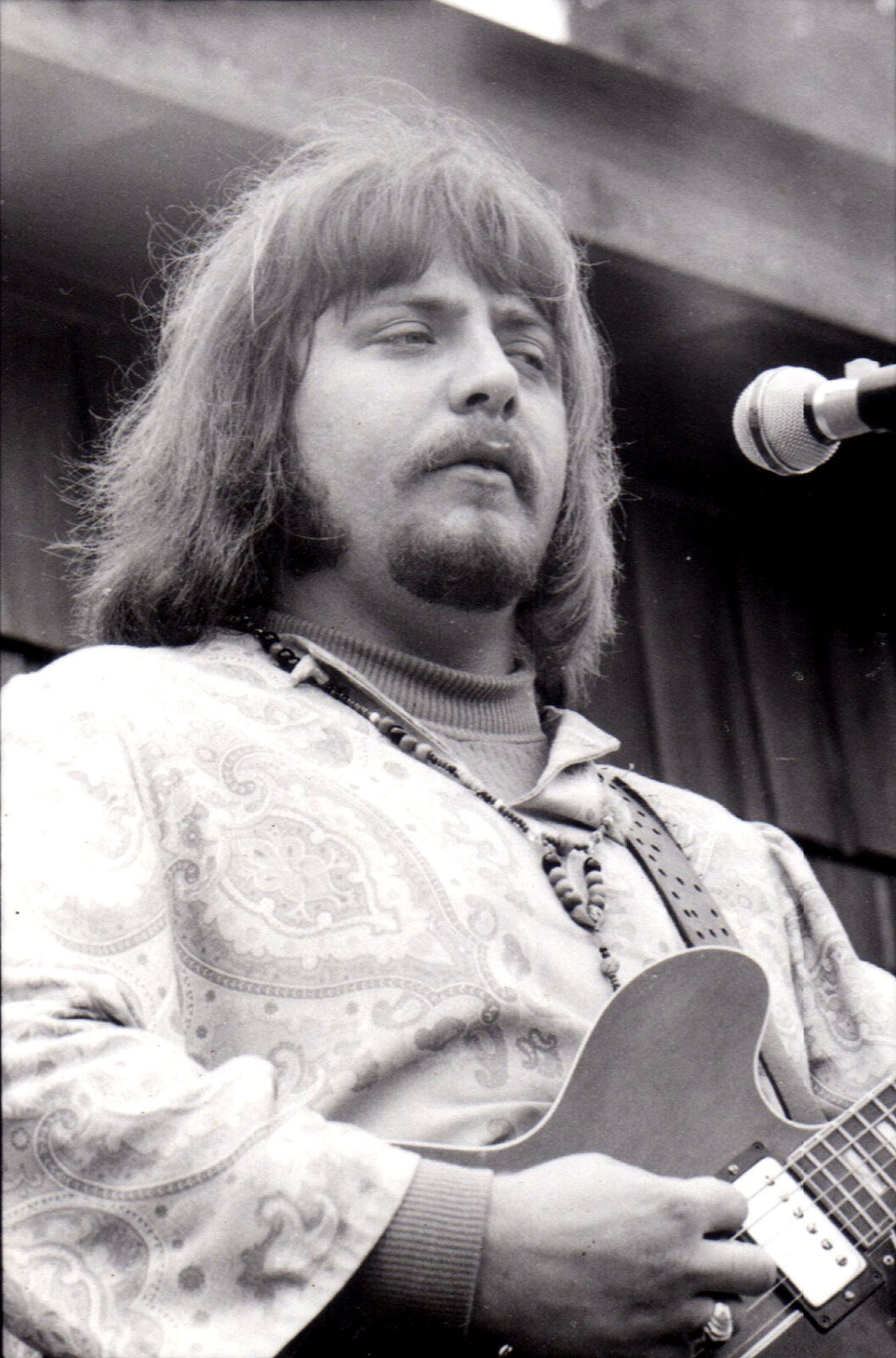
I would love it if you could take some time and tell us about your collaboration with Canned Heat, Lee Michaels…
Well, other than knowing the players in “Canned Heat”, I really didn’t hang with them a lot. My main relationship with them started when I was asked to take Henry Vestine’s place in the band. Frank Zappa was also around at that time. He asked Henry to go on their first road trip. Whether it was the money, or the fact, that maybe the “Canned Heat” was kind of bumping along with a really not so in touch manager, or who can say? So Henry offered me to the Heat, to replace him, as I was the only suitable replacement that could play the “Canned Heat” grooves. Lee Michaels invited me to the San Francisco scene. As a result: I was able to perform in concerts, play original music, and have a psychedelic life experience that has really never ended. I will always love him, and will always feel an empty place in my heart, for that which we never finished together. We have not had contact for over 40 years. It would be pleasing if we did. I bless him and all our memories.
What about John Barrett’s The Rhythm Dukes and Fuzzy John Oxendine joining the Jerry Miller Band…?
I thought a lot about the band while incarcerated, maybe taking some singing lessons, or adding a lead singer, adding horns, some chicks. I meditated a lot. I felt we could still be on an ascending path to success if we did the work. I knew enough to know that Chaplin and Miller were both on the rebound from failed attempts at stardom. I felt that Fuzzy and John were still very much stars of their own creativity within Boogie. We were just “band interrupted”. It broke my heart that they lost faith in that, in us. But people get hungry; children need to be born, as life goes on all around us. We were all in our early – mid 20’s. What did we really know? Bless us all.
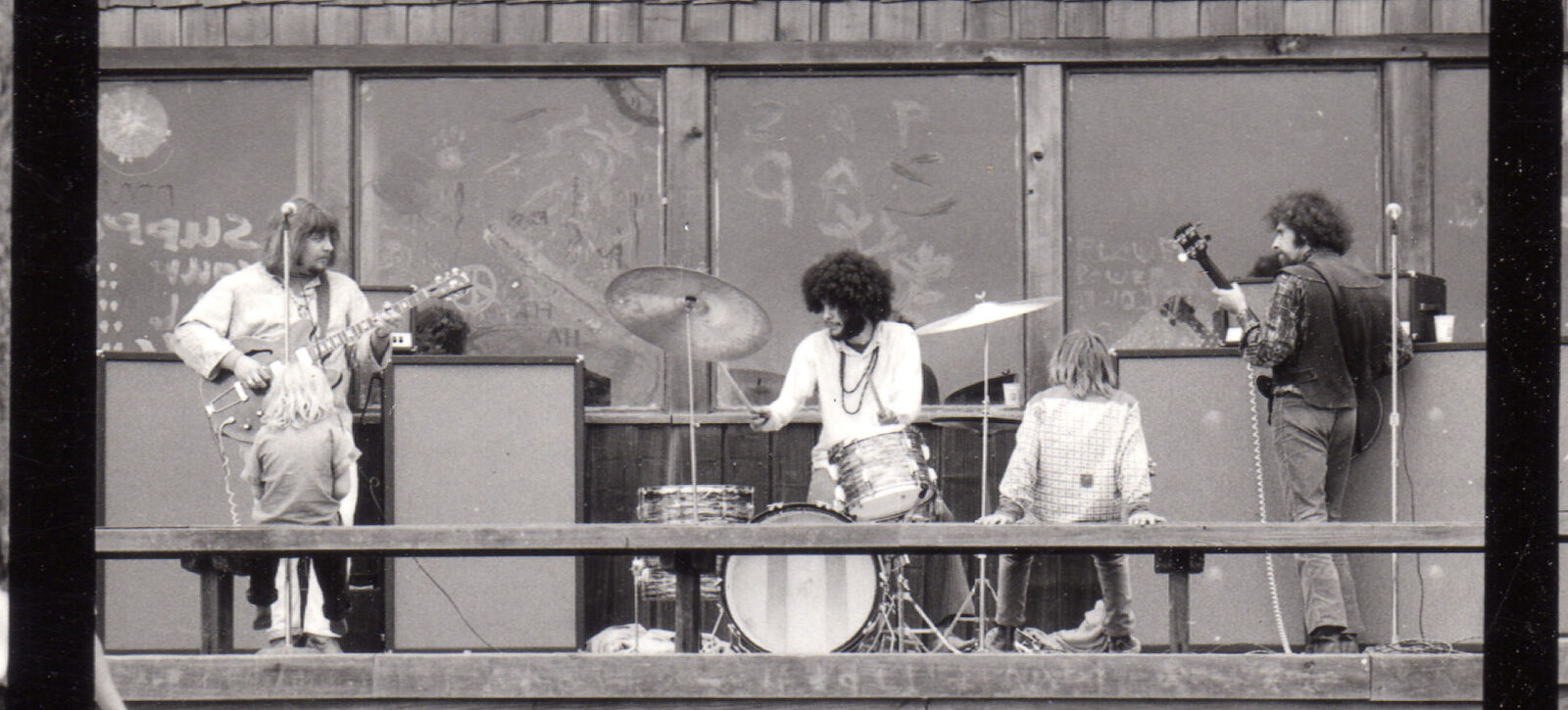
Thank you for taking your time. Last word is yours.
It is our heartfelt wish. That you hear in this music… Not so much an expertise, but the spirit of a time that changed our world, and still changes the world for all those who live in that spirit.
Klemen Breznikar
Guerssen Official Website / Facebook / Instagram / Twitter / Bandcamp / YouTube
Headline photo: Boogie at Muir Beach Lodge, Muir Beach, May or June 1968 | Barry Bastian, Fuzzy John Oxendine, and John Barrett
More about Boogie can be found on a truly wonderful website by rock historian Bruno Ceriotti and on Guerssen liner notes also written by Cerriotti. His website is full of original entries. Very special thanks to him.

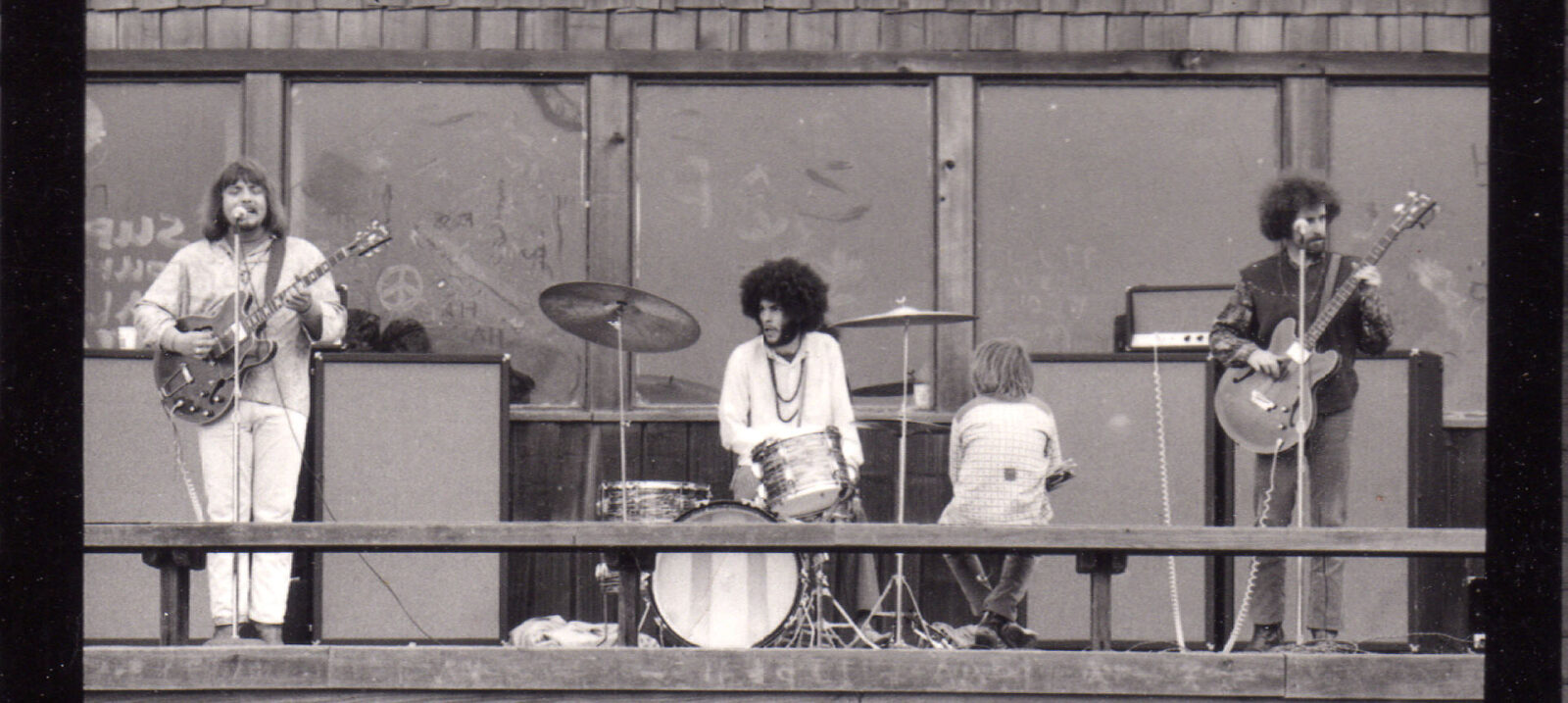
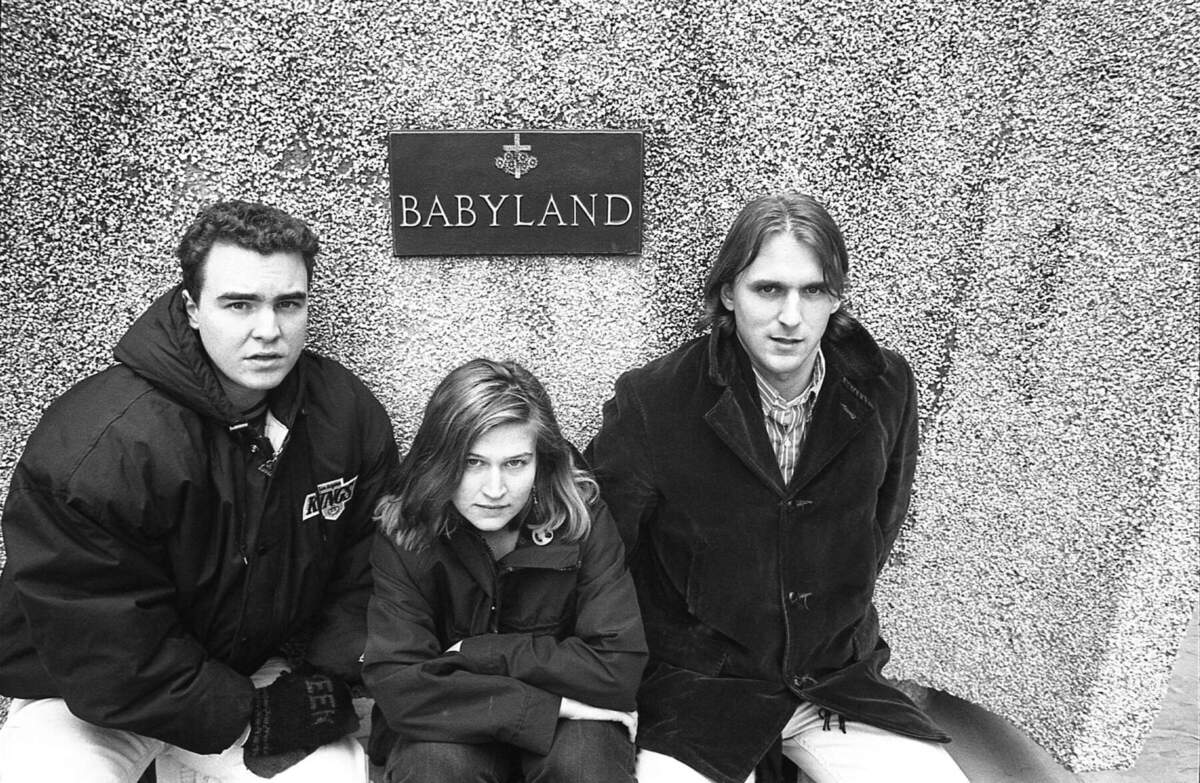
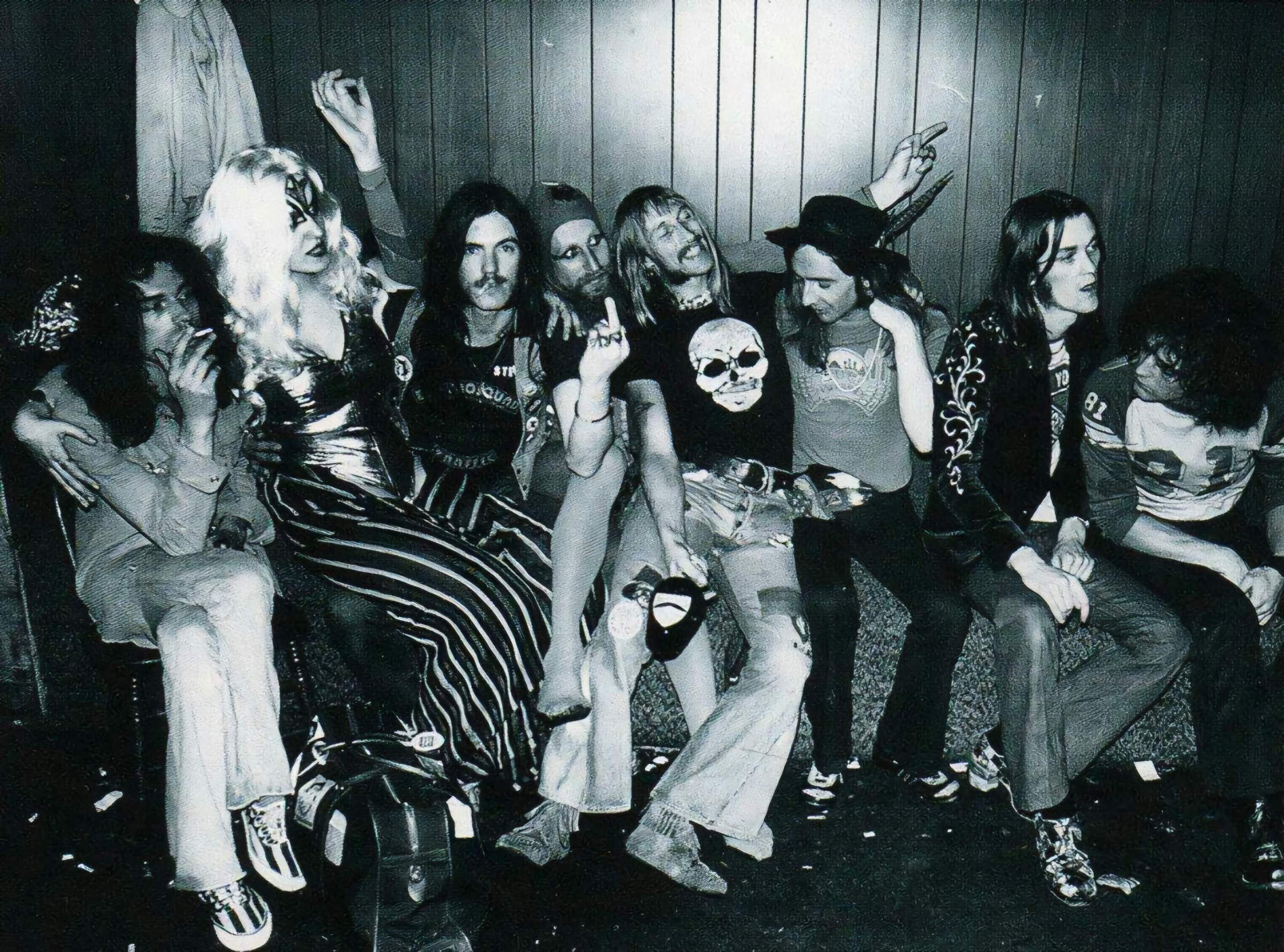
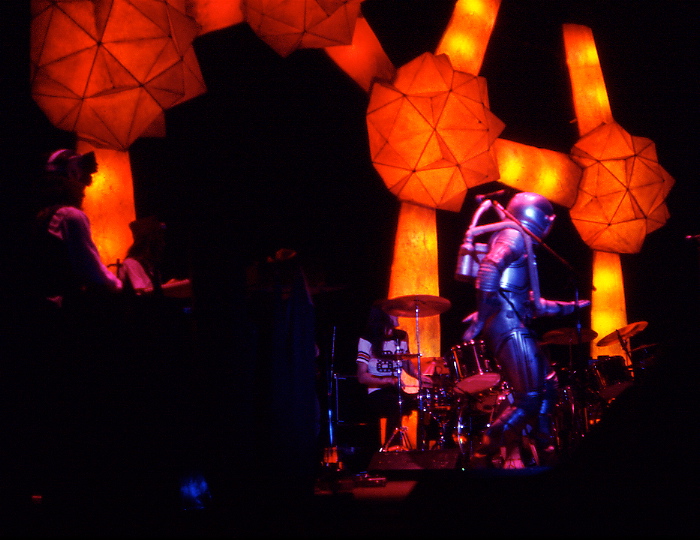
Super Klemen an unknown S. F. band.
Boogie are of course not as strong as many of the S. F. bands, but ok. A good interview you did as well. The Frisco bands that i love the most (J. Airplane, QMS, Mad River, Big Brother & the holding Company, Ace of Cups and many many more) will be neglected in all the publications way too much. It’s hard to find an article anywhere. That’s a shame !!